| You’re not in Guatemala now, Doctor Ropata |
We’ve been back in New Zealand nearly nine months now, and yet I haven’t posted a single story about life here and what we have been up to. But this blog has not been forgotten. My motivation to post has certainly waned since the continual flow of unique locations and experiences we were enjoying overseas has ceased, and I suppose I needed a break after four years of fortnightly blogging! I tend to feel my most motivated to communicate when I’m stimulated by my surroundings and my photography and writing is usually a response to my circumstances and experiences.
But now the time feels right to get some images and thoughts from some of our New Zealand adventures down, so thanks for your patience. If you’re still out there? Anybody…?
Presently we’re based in Lyttelton, the port town of New Zealand’s biggest South Island city, Christchurch, but this post will cover a couple of highlights from our time in the North. Notably, the Motu Road/Pahiki Track and Moerangi Mountain Bike Track rides, both of which we did as overnight rides. The GPX and maps for both are included at the end of this post.
I’ll kick off with a very brief summary of our time based in Tauranga in the North Island. This sunny city in the east of the North Island is where we stayed with Hana’s parents for six months after returning home from Chile in March, due to Covid.
Hana’s folks, Russell and Noeline, generously took us in for six months (through autumn and winter). We went through most of lockdown together and then Hana and I began working in a kiwifruit pack house for two months full time work. After the main season was over Hana did a following five weeks there, while I knuckled down and got on with some website work, making a new stock site for my New Zealand images stock.highlux.photo, and did quite a bit of writing. The view in the photo above is from Hana’s parents’ driveway, and was what greeted us most mornings as we set off for the kiwifruit packhouse.
Te Puna, the rural suburb where we stayed is right on the edge of a large estuary and abundant with birdlife. From the camper van (RV) that we used for self isolation (and later my office) we’d often watch kingfishers (kotare), fantails (piwakawaka) and silvereyes (tauhoe).
For most of our time in Te Puna we were not riding seriously. Just doing what I call ‘maintenance fitness’, to keep the legs ticking over and the post trail blues at bay. There’s not a lot of really good mountain biking options nearby, so we mostly rode bike paths and once every week or two, long paved road hill climbs. One Sunday we went and checked out the Hauraki Rail Trail between Waihi and Paeroa. This route cuts through the pretty Karangahake Gorge and is worthwhile for a good spin, with some nice scenery and rail history along the way.
We had fun stripping our well travelled Voyteks back for much lighter use than they were used to in South America.
When our first two day break from the kiwifruit packhouse came up, we jumped at the chance to get out of Tauranga and head off for a bikepacking trip further afield.
The Motu Trails/Pakihi Track were an obvious choice for a cold mid June weekend, being close to the coast and relatively low elevation. We did this ride as a 96km loop, based out of the small coastal town of Opotiki on the northern side of the North Island’s East Cape.
Here’s a good overview from the NZ Cycle Trails website.
After the drive down from Tauranga, we stayed a night at the Central Oasis Backpackers which is both reasonably priced and has a friendly, helpful owner, who can look after stuff you don’t want to leave in your car.
A brief ride out of town takes you to the coastal 10km Dunes Trail, which makes a nice warm up before the long undulating paved and gravel climb on Motu Road to the start of the Pakihi Track.
Motu Road is a classic New Zealand gravel ride and part of the Kopiko Aotearoa North Island crossing. It weaves its way through some typical rural New Zealand landscapes, where this country’s early pioneers nudged their farmland ever deeper into the foothills of wild and rugged hill country.
At times, rural New Zealand has reminded us of Chilean Patagonia, where there is often a ‘frontier’ sense of culture and landscape, where lush farmland meets old growth forest. But it’s also the small communities, run down homesteads, and abandoned vehicles and farm implements that flavour the land this way.
48km of riding took us deep into the hills where a saddle indicates either the beginning of a long road descent down to the village of Motu, or another long descent down the Pakihi Track, which we took. This old ‘pack track’ is hewn into the side of a deep valley system that feeds into the Otara River.
Until recent years the Pakihi was considered a bit of an epic, due to windfall and a lack of maintenance, but a big volunteer movement has seen this special historic trail rejuvenated and made accessible to all levels of mountain biker. (Note it does not warrant its ‘advanced’ grade – it’s relatively wide, and non technical, but with steep drop offs in places. We consider it a ride suitable for beginner mountain bikers.)
The track winds its way down though gullies and spurs that are rich with native forest; a vibrant tangle of ferns, vines and moss covered trees and nikau palms.
A world of green.
After a spectacular and sometimes fast descent we popped out of the bush at Pakihi Hut. This six-bunk ($5/night) hut is a great overnight spot deep the valley above the Otara River and surrounded by thick bush. The hut is a typical NZ tramping hut and basic, but in good condition with mattresses, a water supply, and an ample porch for those frequent rainy days.
The temperature dropped close to freezing overnight and we had a very cold ride out down the valley the next morning. Beyond the hut the gradient of the track is mostly mellower as it follows the river all the way back out to the edge of the bush and the beginning of the gravel road. But it’s an excellent ride through some stunning lowland forest.
26km of quiet gravel road and then pavement led us back to Opotiki.
Our next bikepacking ride, The Moerangi Track, didn’t come until September, after the winter rain had eased. Like the Motu/Pakihi, this track is also in the rural heartland of the North Island’s east, where along with a rich farming culture, there’s an even deeper Maori history and connection to the land.
The Moerangi Track is in the Whirinaki Te Pua A Tane Conservation Park, which is situated roughly halfway between Lake Taupo and Gisborne, off Highway 38. These bush covered ranges contain some of the North Island’s finest lowland podocarp forest, with giants such as rimu, tōtara, kahikatea, mataī and miro common throughout the park. The ancestors of these trees date back to the time of the dinosaurs and the ancient supercontinent of Gondwanaland.
Botanist David Bellamy described Whirinaki’s forests as ‘Dinosaur forest – one of the best Mesozoic plant communities remaining on Earth.’ But the reality is, we’re lucky to have this remnant of forest. Up until the 1980s this forest was still being logged and it’s only through the actions of a strong forest conservation moment and activism that there’s still a healthy forest ecosystem thriving today.
The Moerangi Track itself is a 35km singletrack ride through the park that crosses from one major catchment to another. The trail’s two road ends can be linked with a mostly gravel ride, to make a 68km loop that can be done as a big day ride, or a more casual overnighter.
We left our car at Whirinaki Forest Lodge (for secure parking) and rode the loop in a clockwise direction.
The track is right up there as one of the classic singletrack rides of New Zealand. The trail surface comprises of sandy volcanic soils which are deep deposits from a series of ancient volcanic eruptions which would have incinerated the original forests (you can see burned trees in some of the cuttings). The soils are fast draining and form a nice riding surface that’s curvaceous and flowing but also technical and variable enough to still be interesting. It’s a step up from the Pakihi Track, being slightly more technical and generally narrower, which makes it more classic overall as a ride.
There’s three huts along the route, although most mountain bikers will probably spend a night at Moerangi Hut which is well placed deep into the ride and at the foot of the ride’s biggest climb. Rogers Hut (above) has the most character of the three huts and would also be a nice place to spend the night.
We had Moerangi Hut to ourselves, but we found some company in the form of a pair of whio (blue ducks) at the river below the hut. Whio are an endemic, ancient species of waterfowl and are threatened, so it’s always nice to spy a pair and watch them feed on stream insects as they bob around in the rapids. There’s been a big conservation push for this species in recent years with pest eradication and trap lines and it seems to be reaping benefits – we see more of this taonga (treasure) species than ever.
It was nice to enjoy some relaxed hut life in the evening and morning before hitting the trail for the climb and descent over to the Minginui road end.
Beyond Moerangi Hut the forest only becomes more primal and amazing, with a tall canopy and rich understory.
The climb to the pass is steady and 100% rideable if you can hold it together on a couple of steep sections.
And then it’s down, down, down through lush forest and thick ferns.
Northern rata wraps itself around a trunk in a thick forest of tawa trees.
Some of the best forest comes last as the trail mellows out a bit and merges with a 4WD road just before the road end, but whether you’ve come for the amazing singletrack riding or some quality forest immersion, this is one satisfying ride in a quiet corner of the North Island. It’s definitely one that’s worth going out of your way for.
I’ll just finish off with a few photos from a couple of other nice North Island spots we visited before we began our big ride south to Christchurch: Cathedral Cove and the Pinnacles.
Cathedral Cove/Te Whanganui-A-Hei is located at Hahei, about halfway up the eastern side of the Coromandel Peninsula. Our friends Katie and Bridget had visited while on a North Island roadie so we travelled together for a few days to hang out and visit some classic destinations. There’s no riding here, but if you’re passing by (by bike or car) it’s well worth a visit.
We also threw on some packs and tramping boots for the deservedly popular overnight tramp up to ‘The Pinnacles’. Officially called the Kauaeranga Kauri Trail (Pinnacles Walk), this 2.5-3 hour tramp (one way) accesses Pinnacles Hut in the Coromandel Forest Park, from where you can make a further 40 minute walk to the summit of the Pinnacles, which are an ancient volcanic feature. The Pinnacles are a spectacular place to witness sunrise or sunset and the views are expansive. This is a very popular walk, so bookings are essential for the hut.
Do you enjoy our blog content? Find it useful?
Creating content for this site – as much as we love it – adds to travel costs. Every small donation helps, and your contributions motivate us to work on more bicycle travel-related content.
Thanks to Otso Cycles, Big Agnes, Revelate Designs, Kathmandu, Hope Technology, Biomaxa and Pureflow.

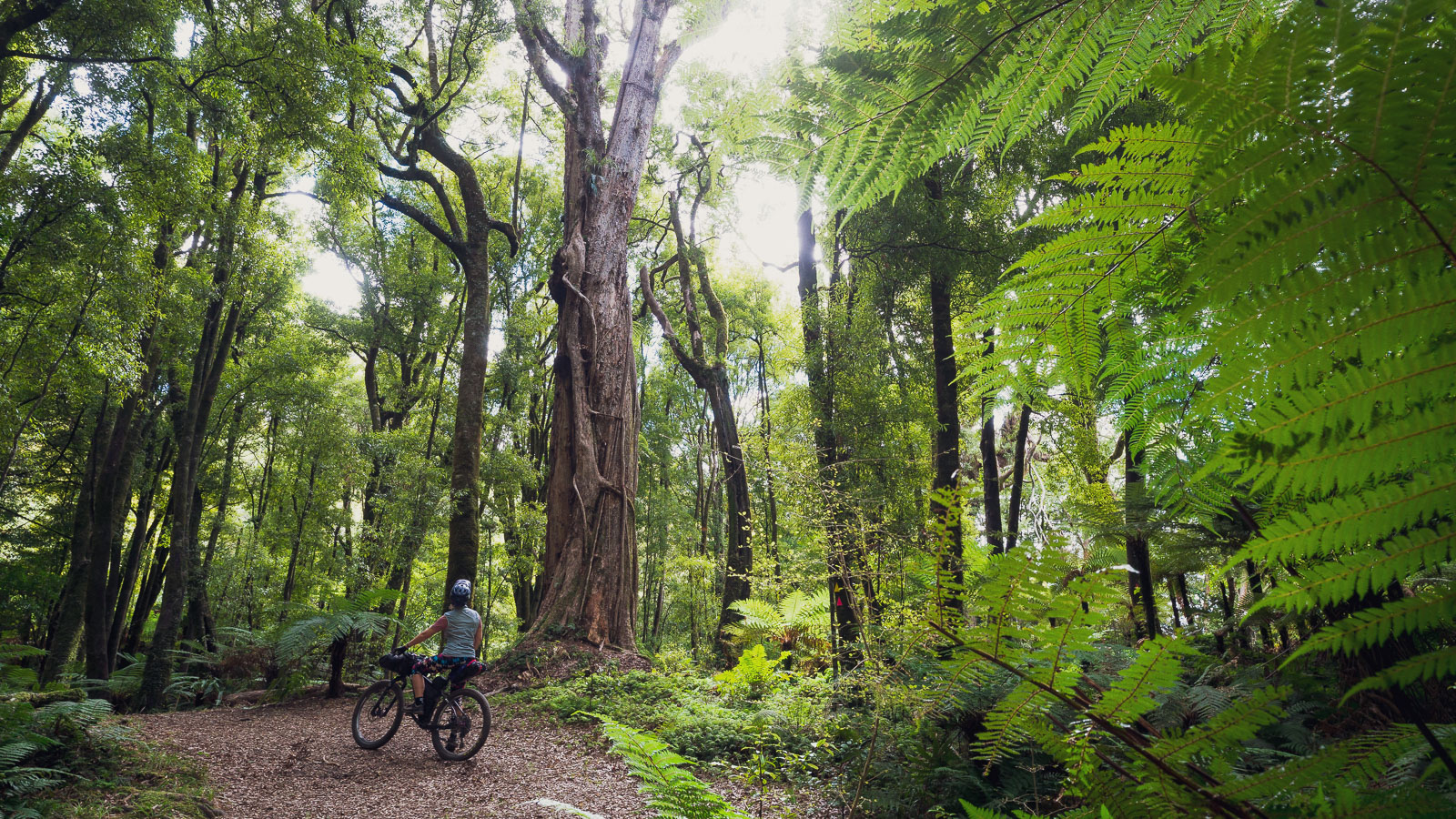
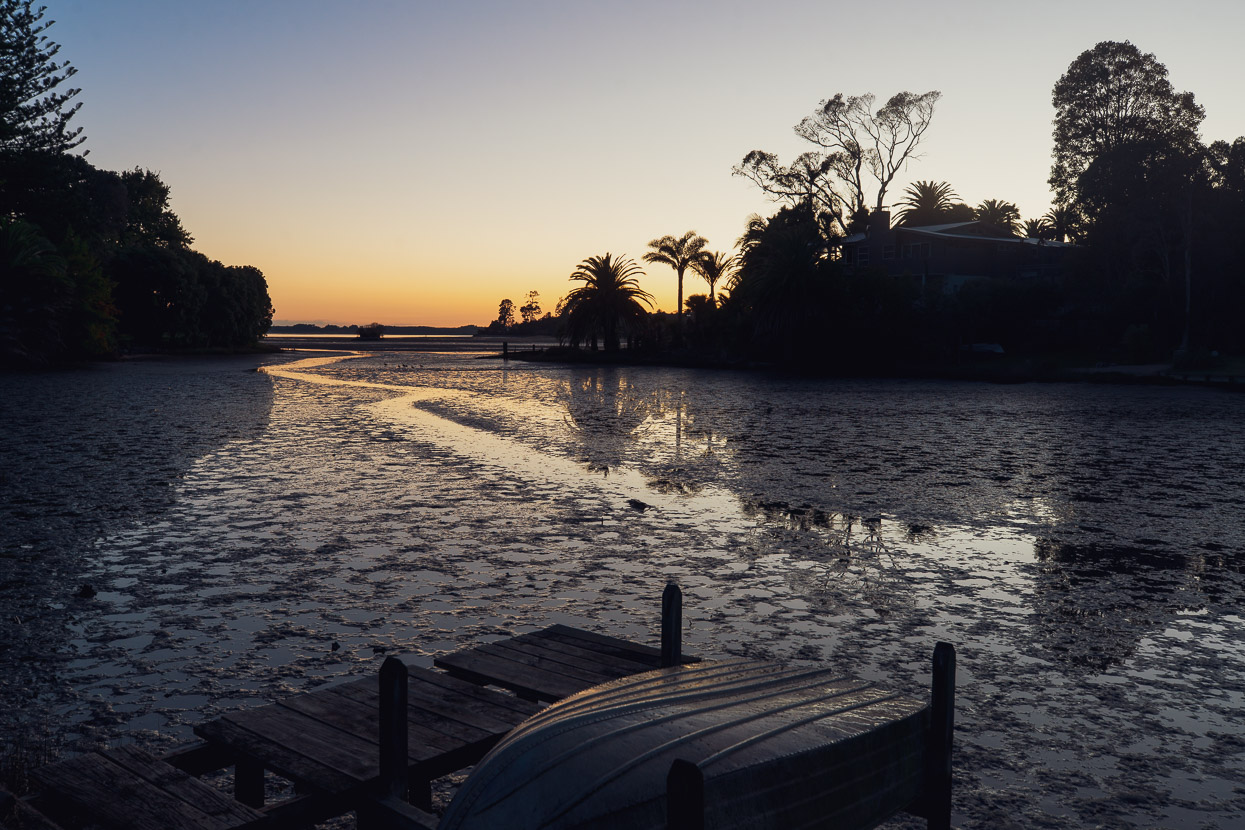
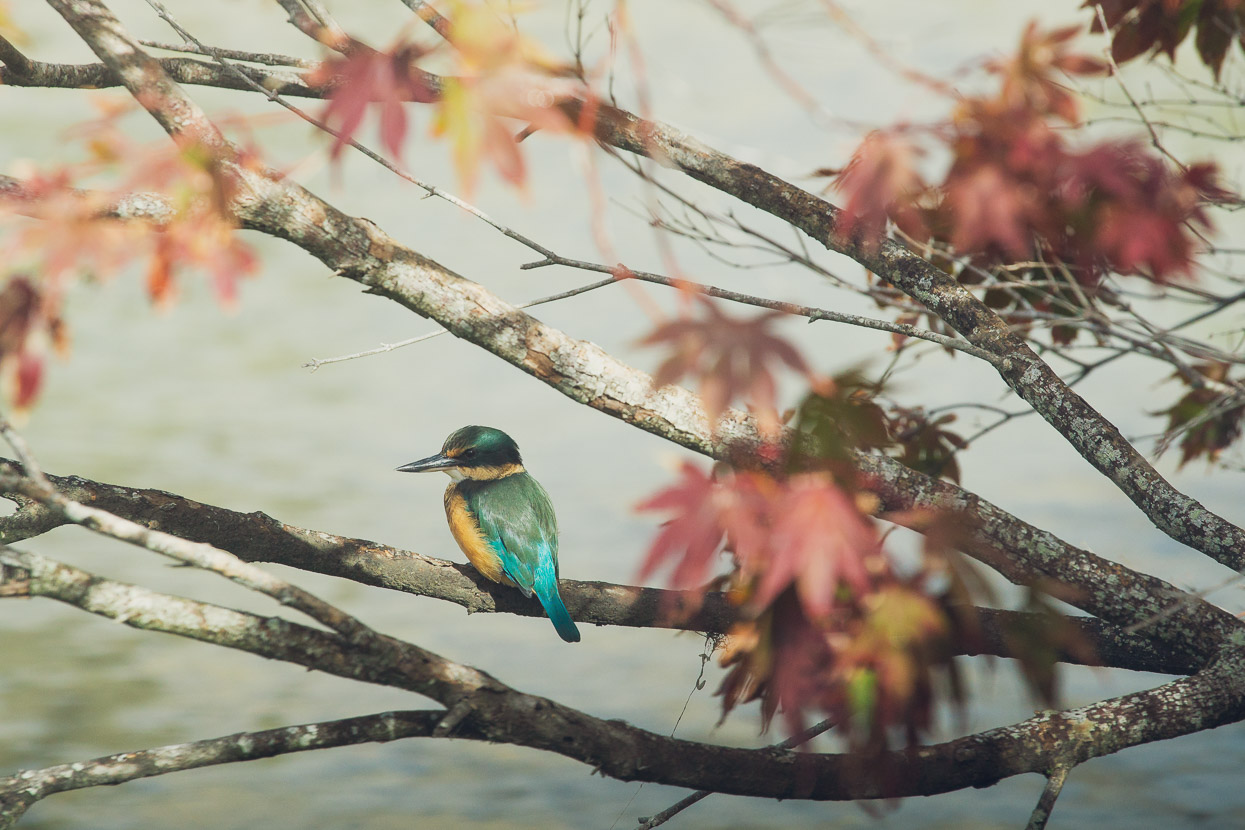
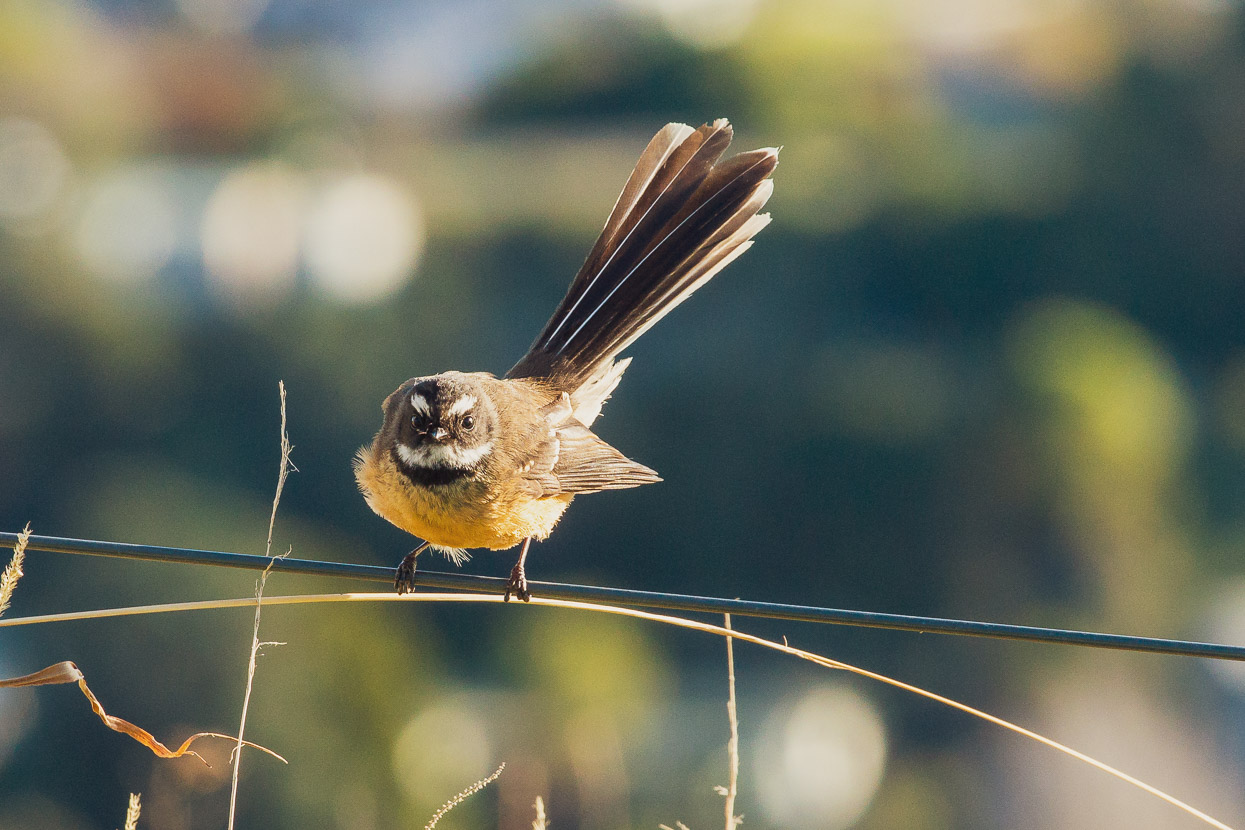
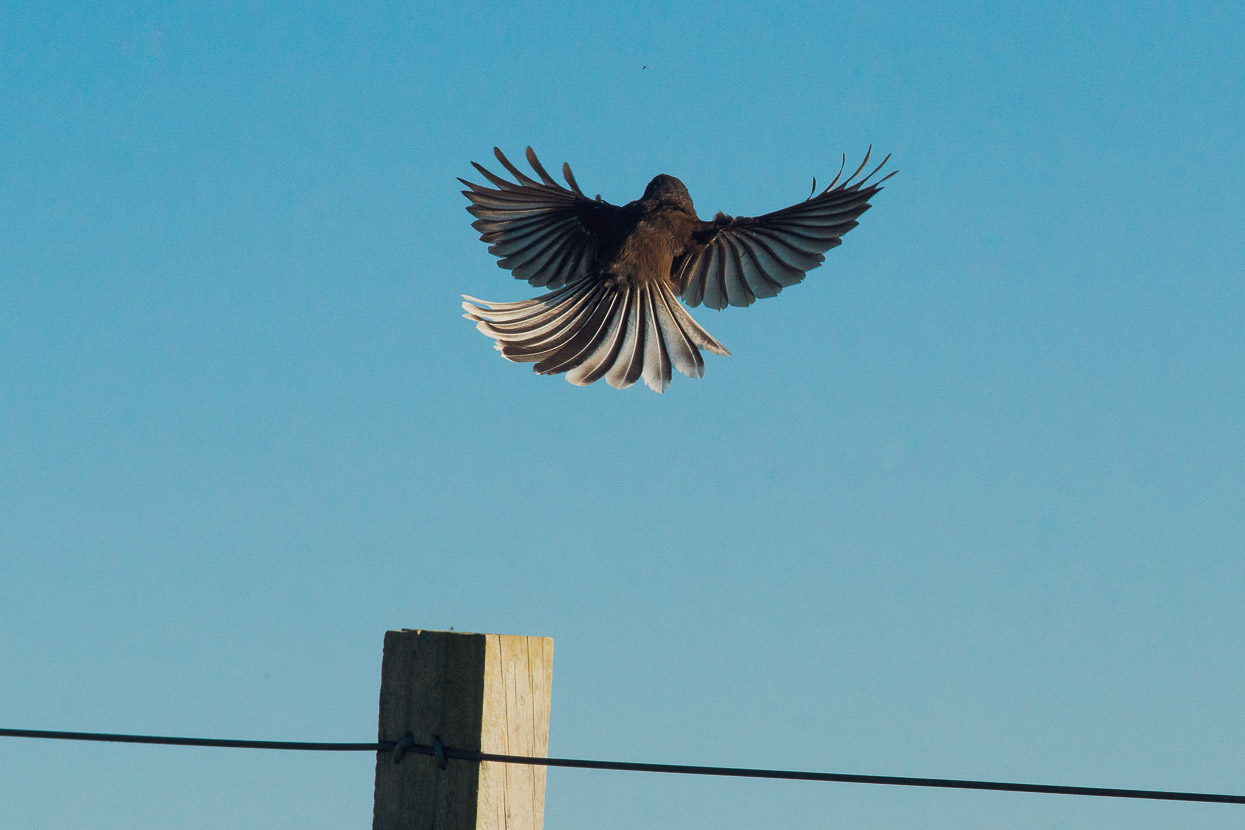
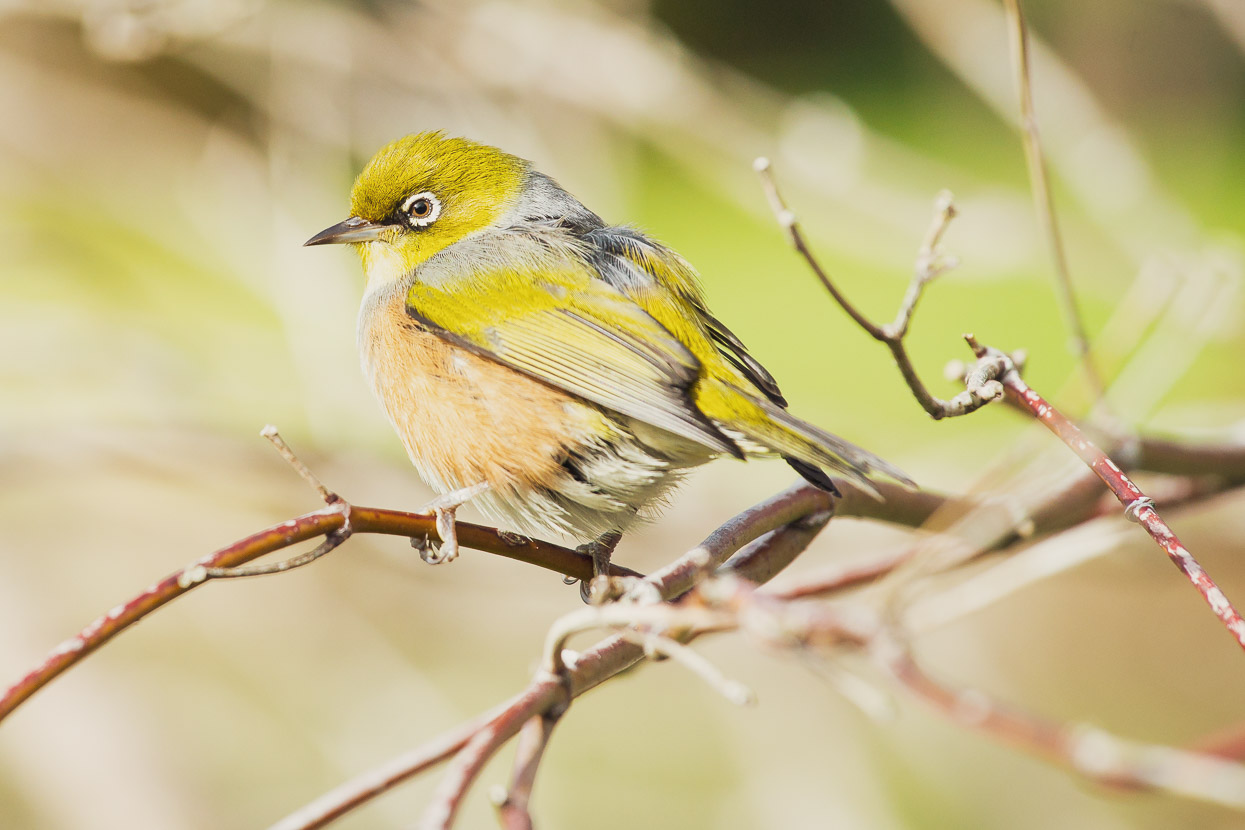
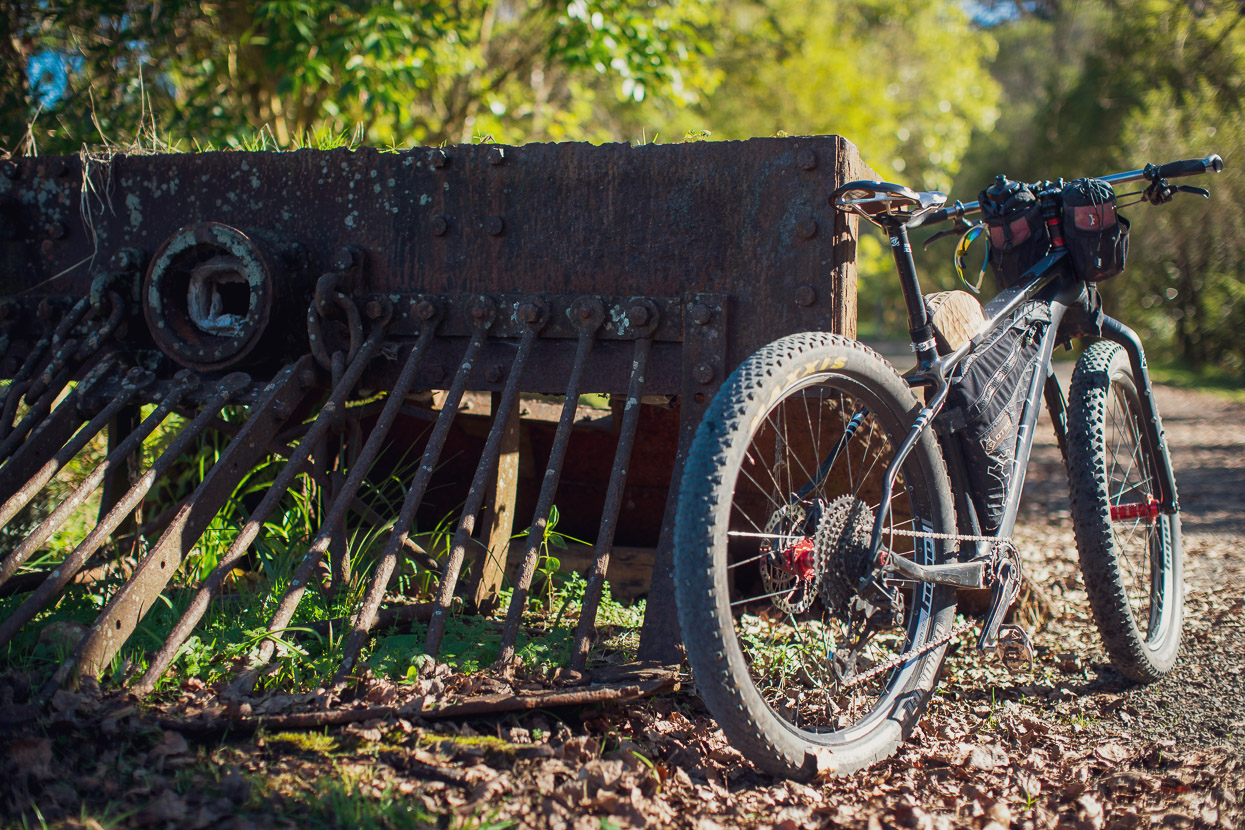
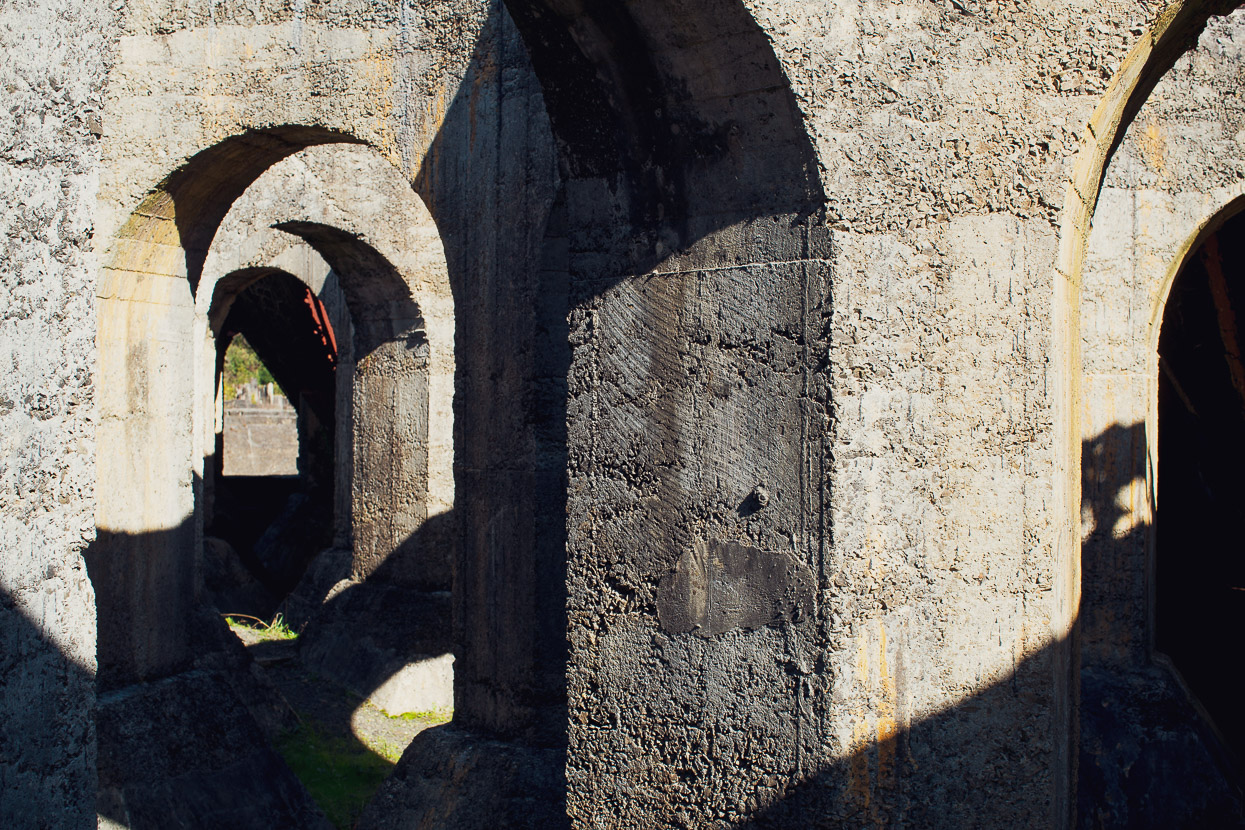
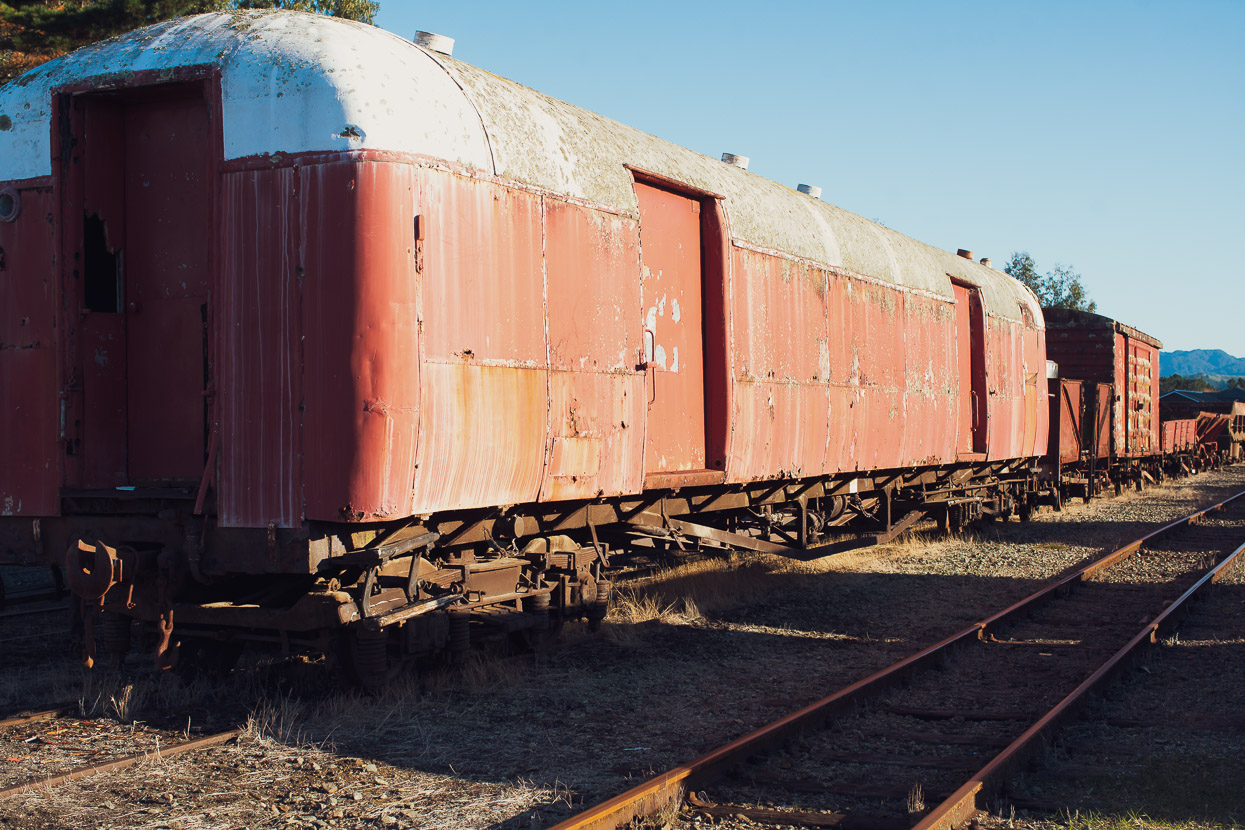
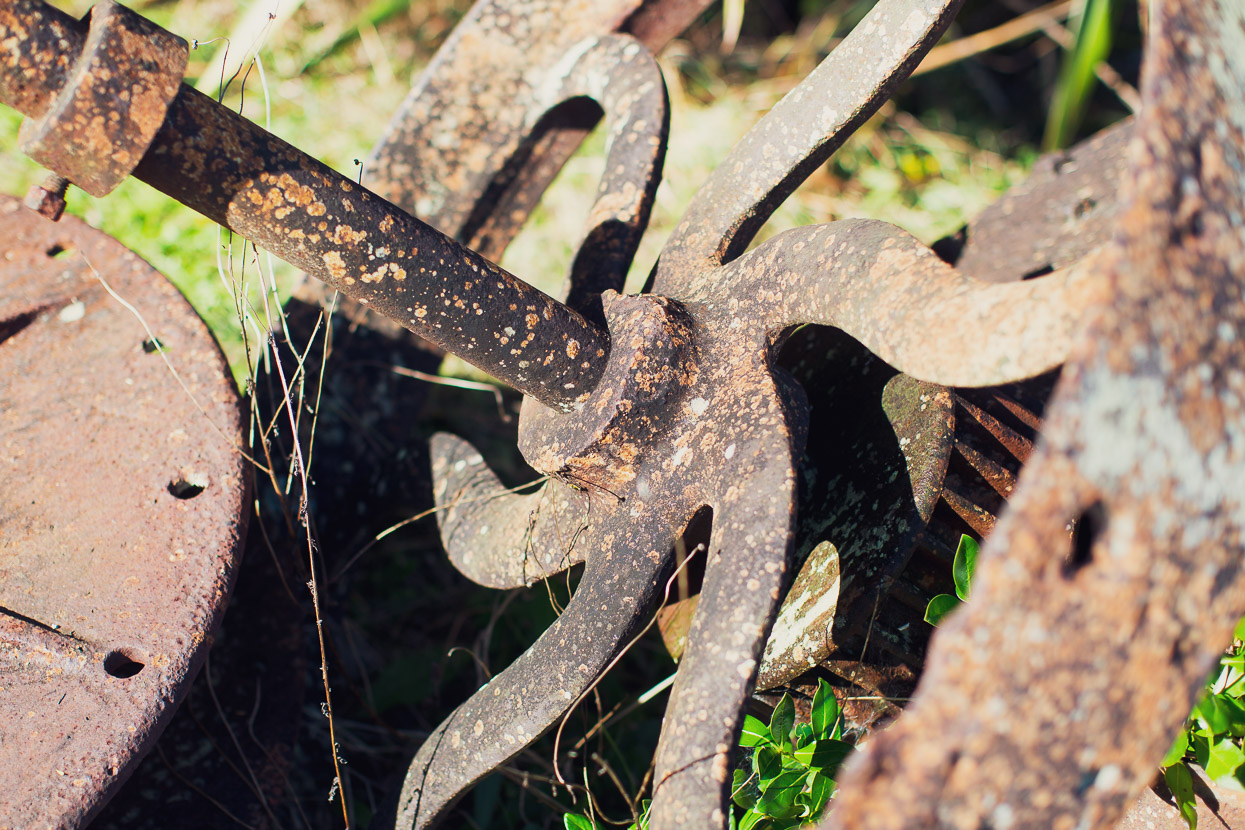
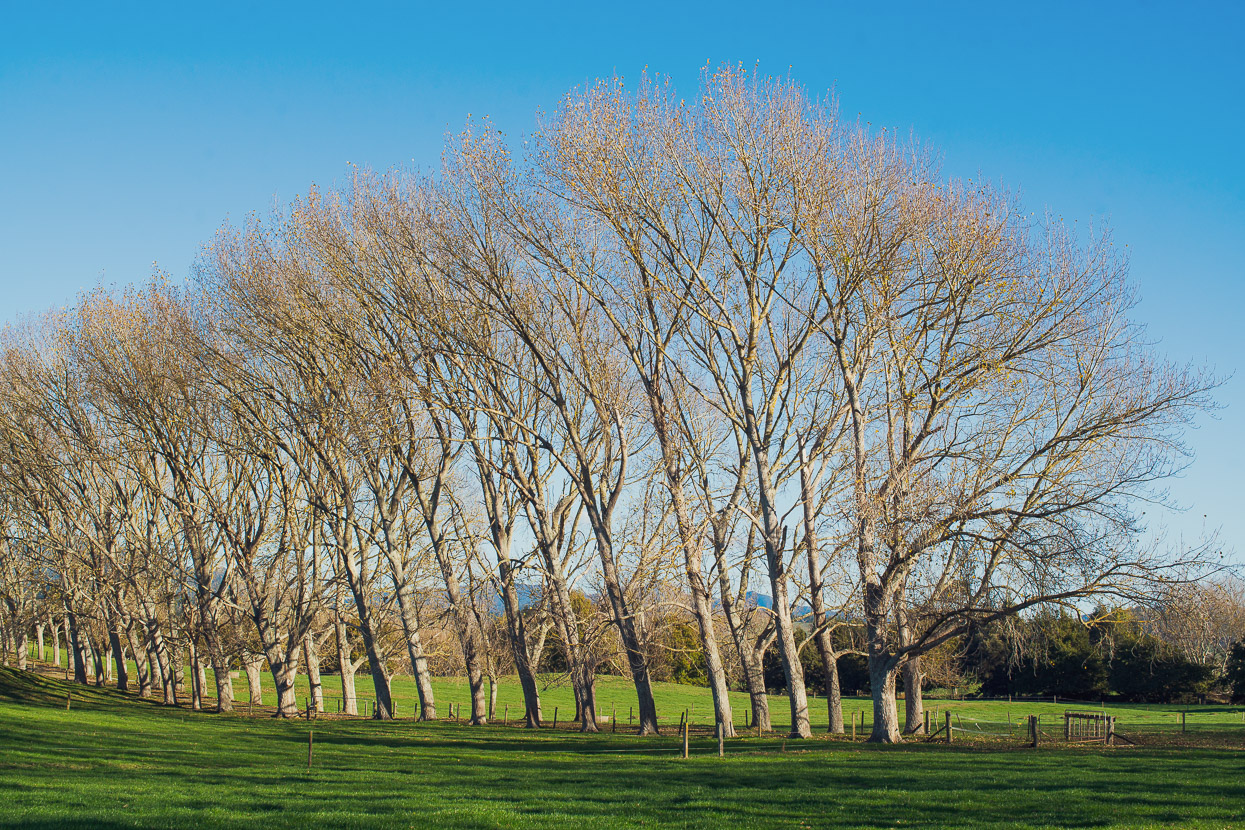
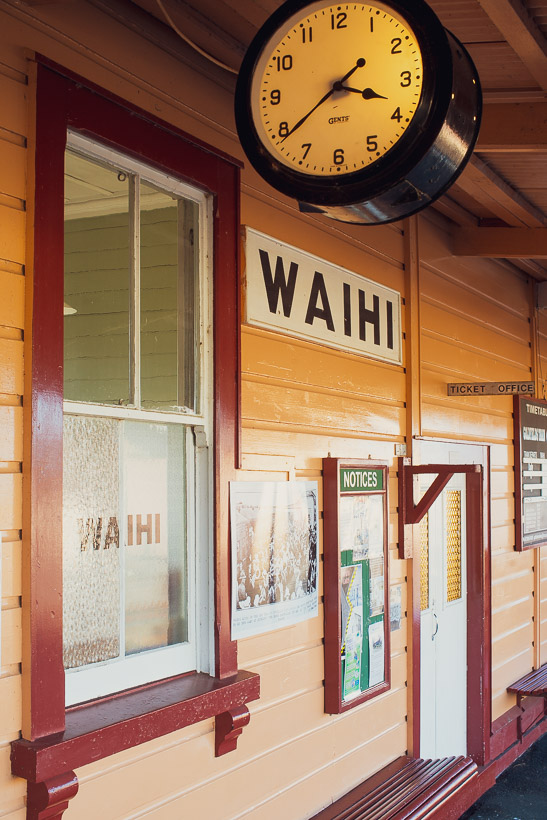
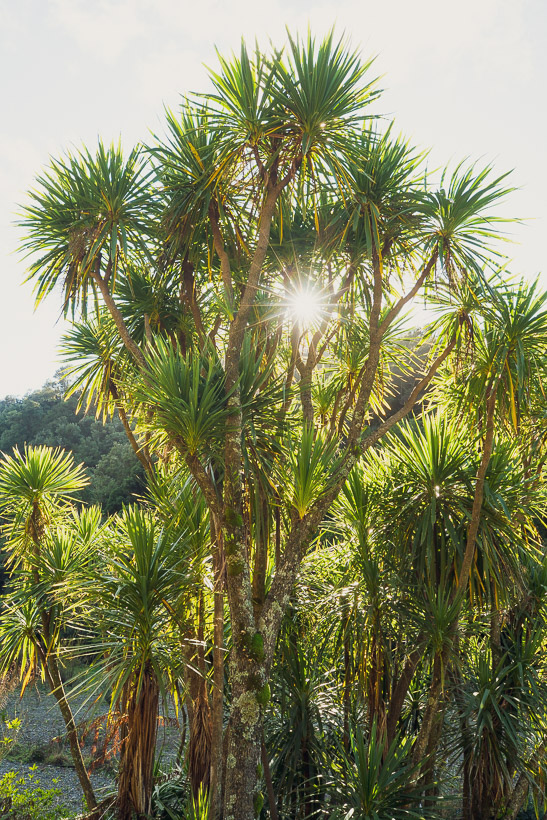
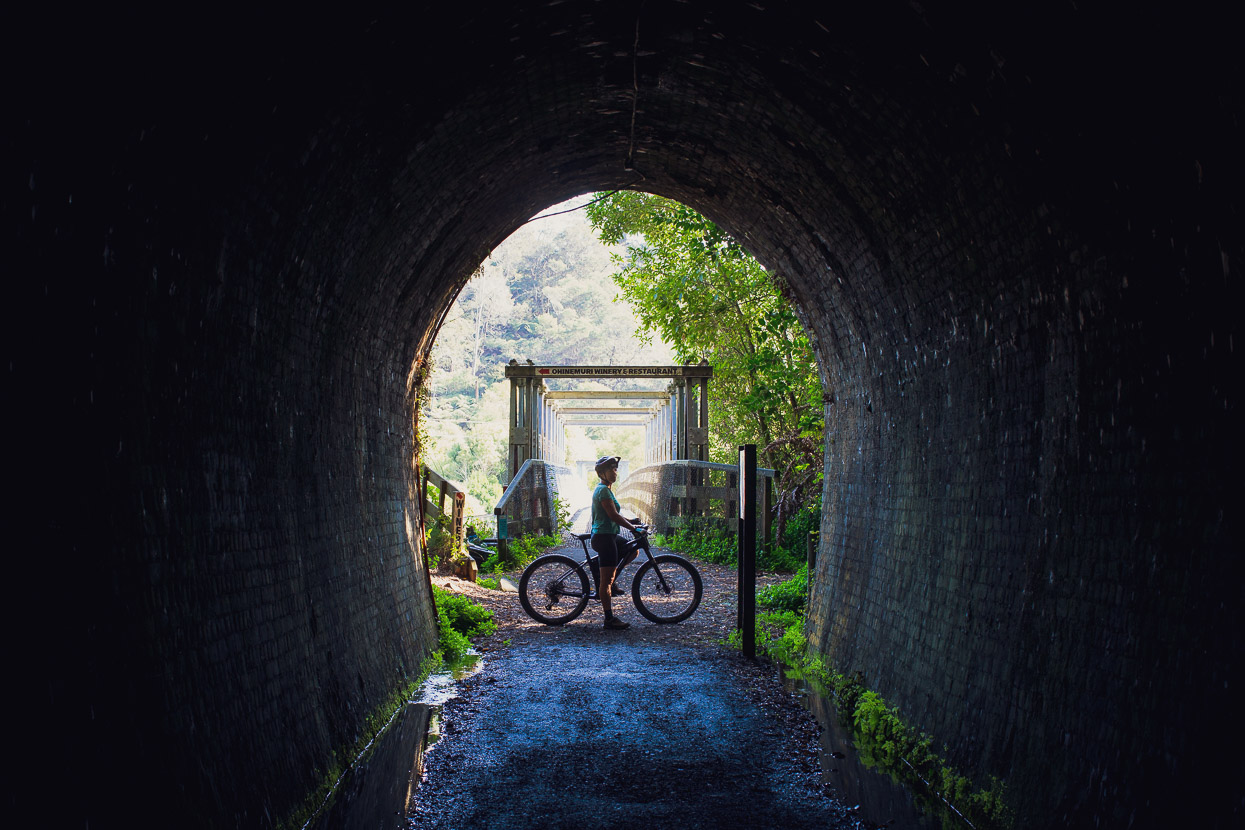
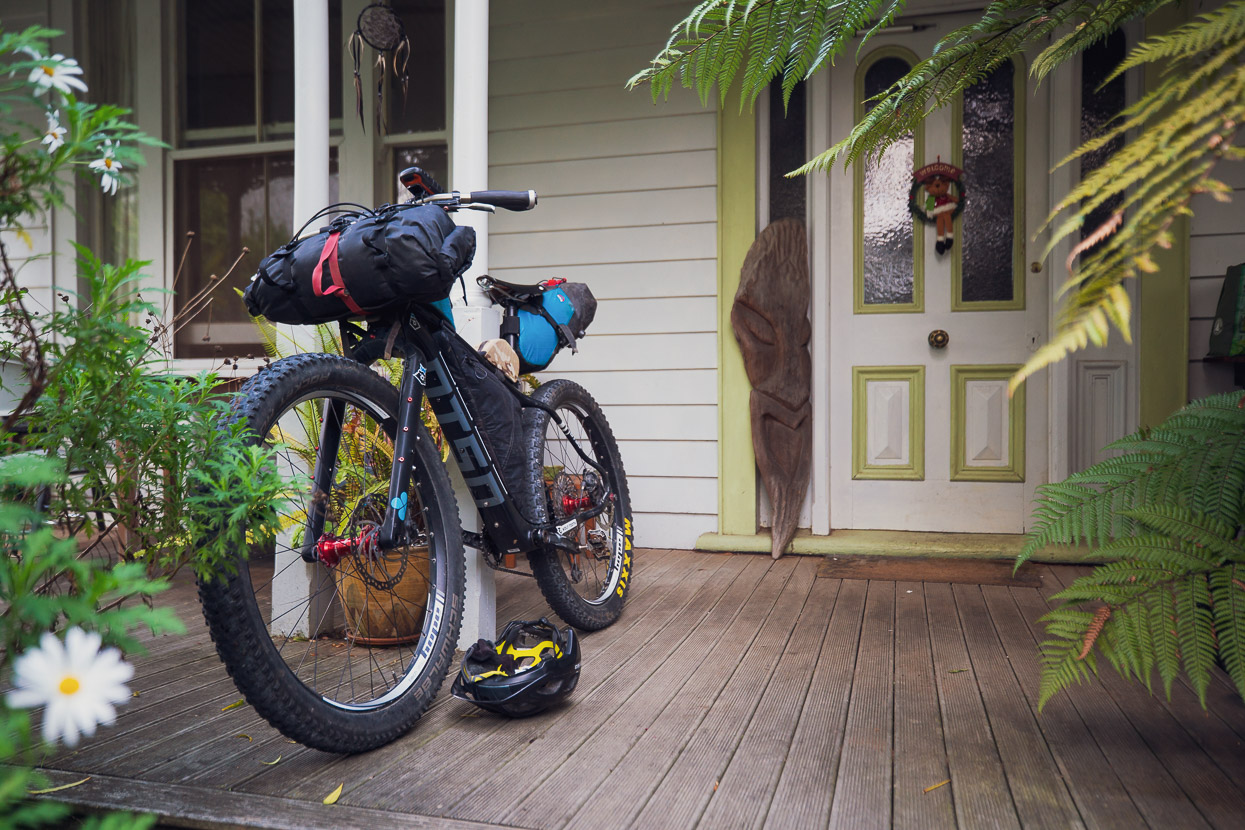
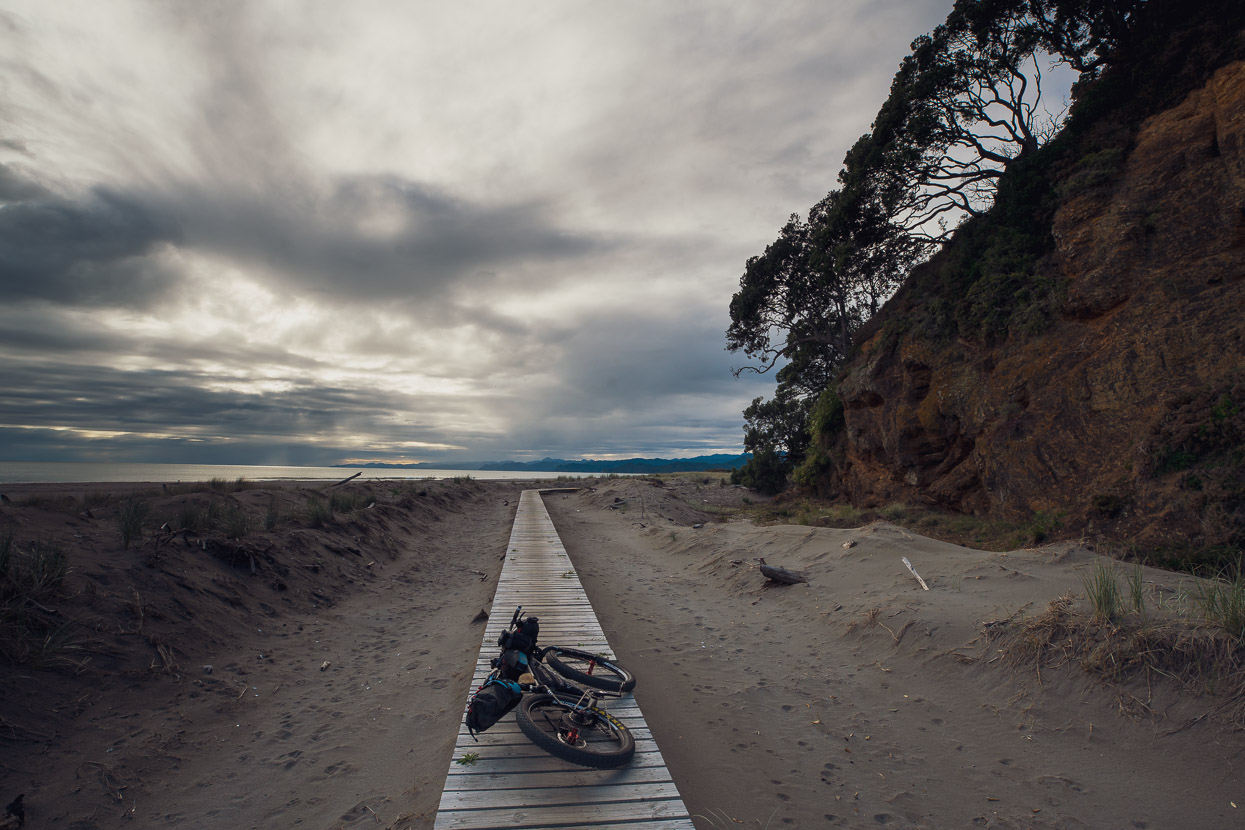
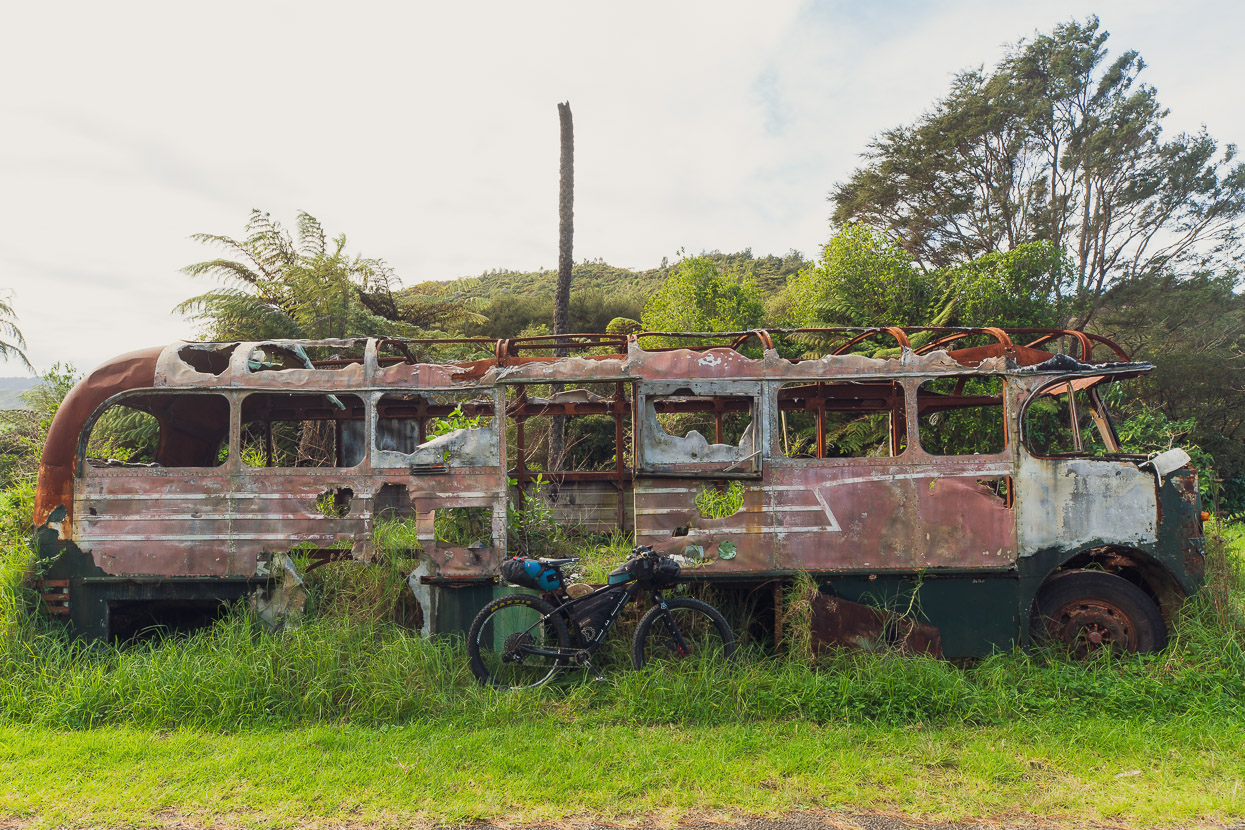
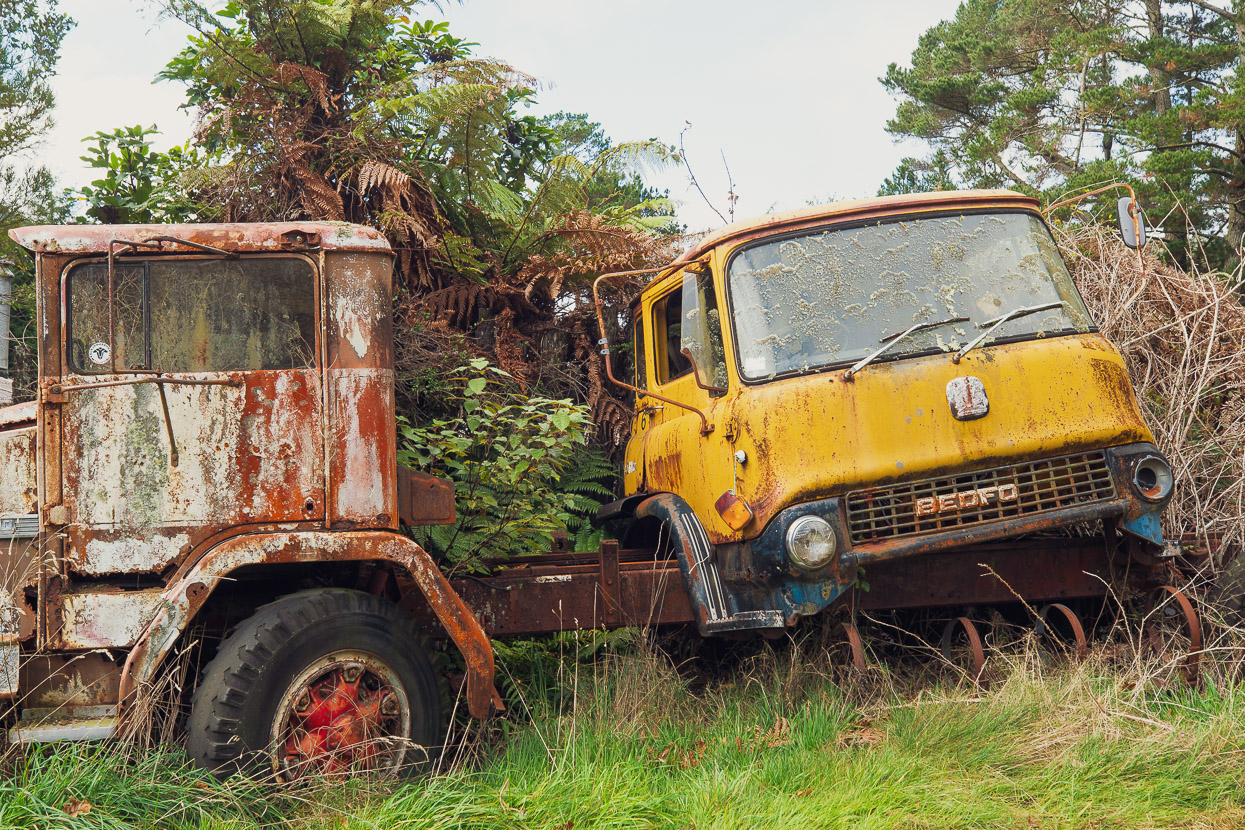
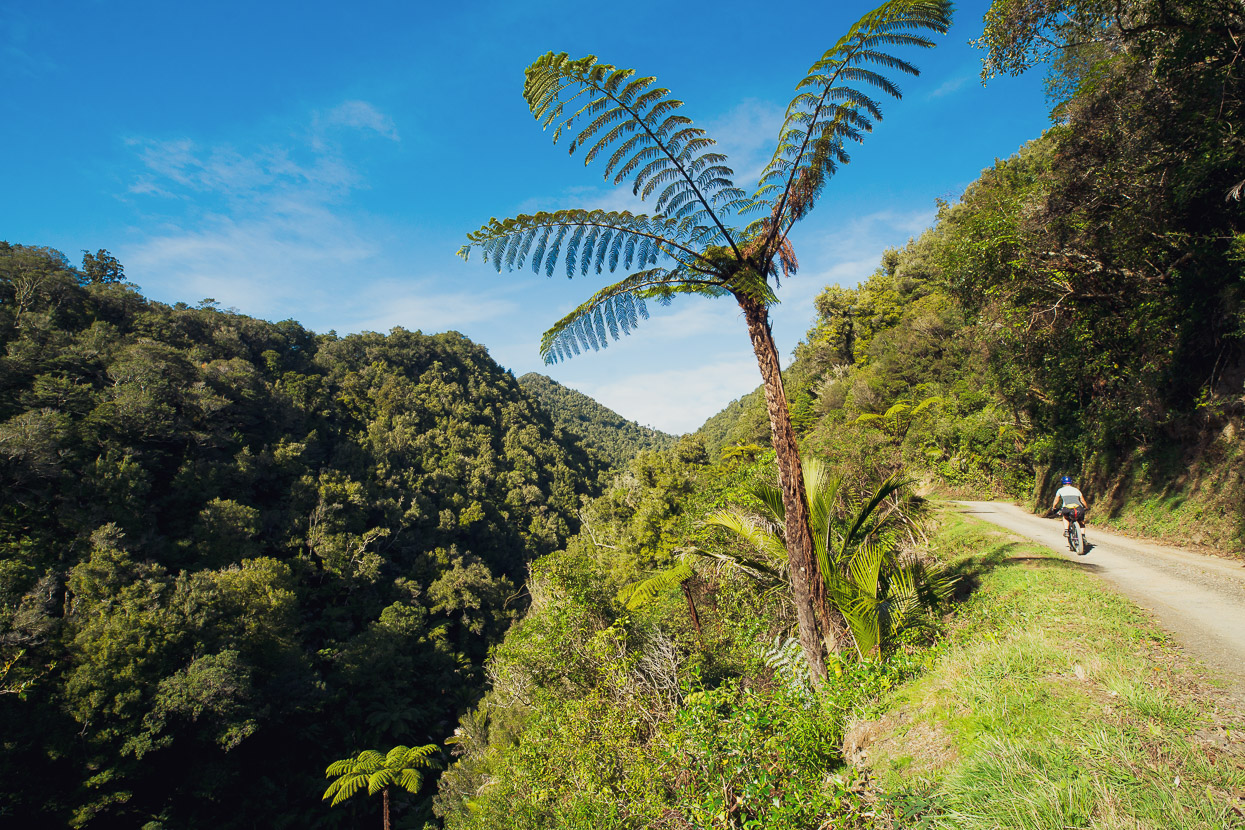
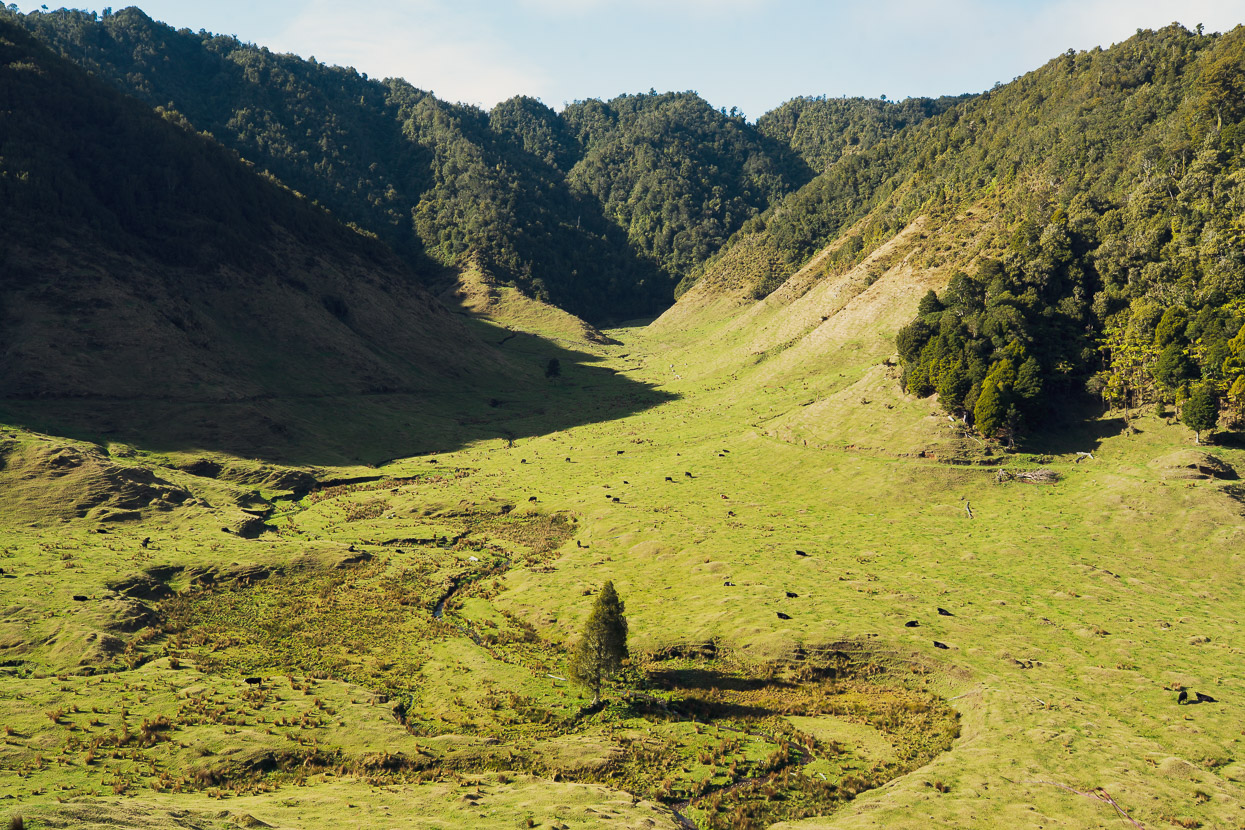
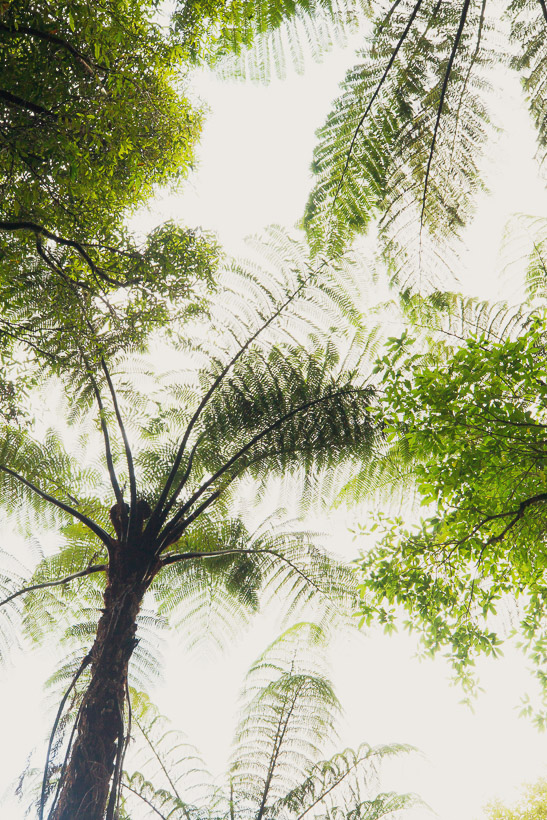
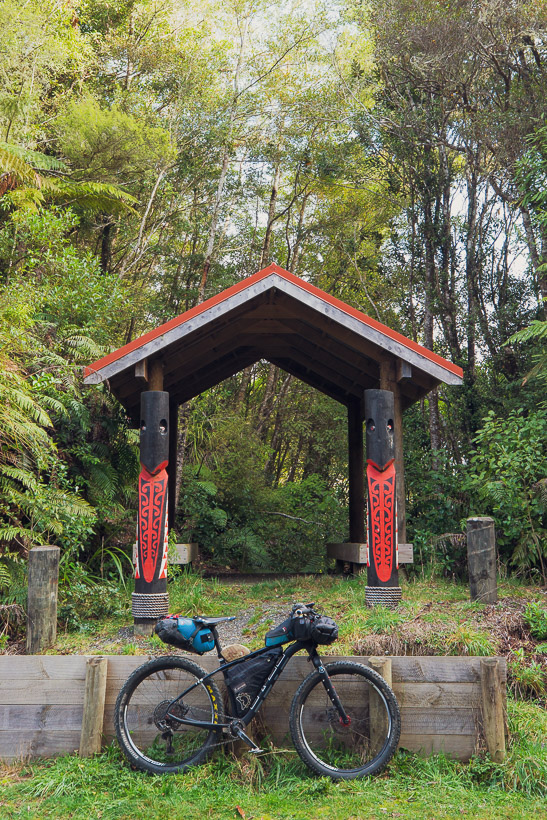
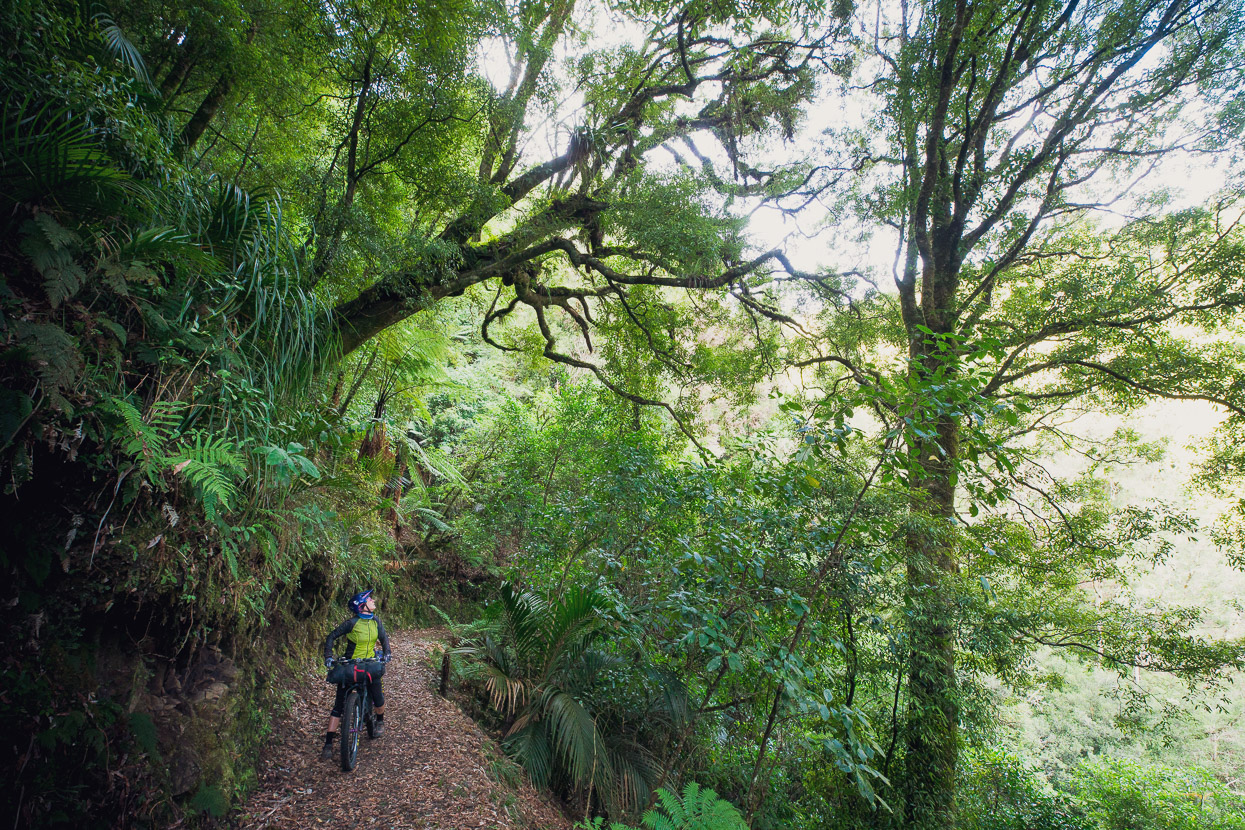
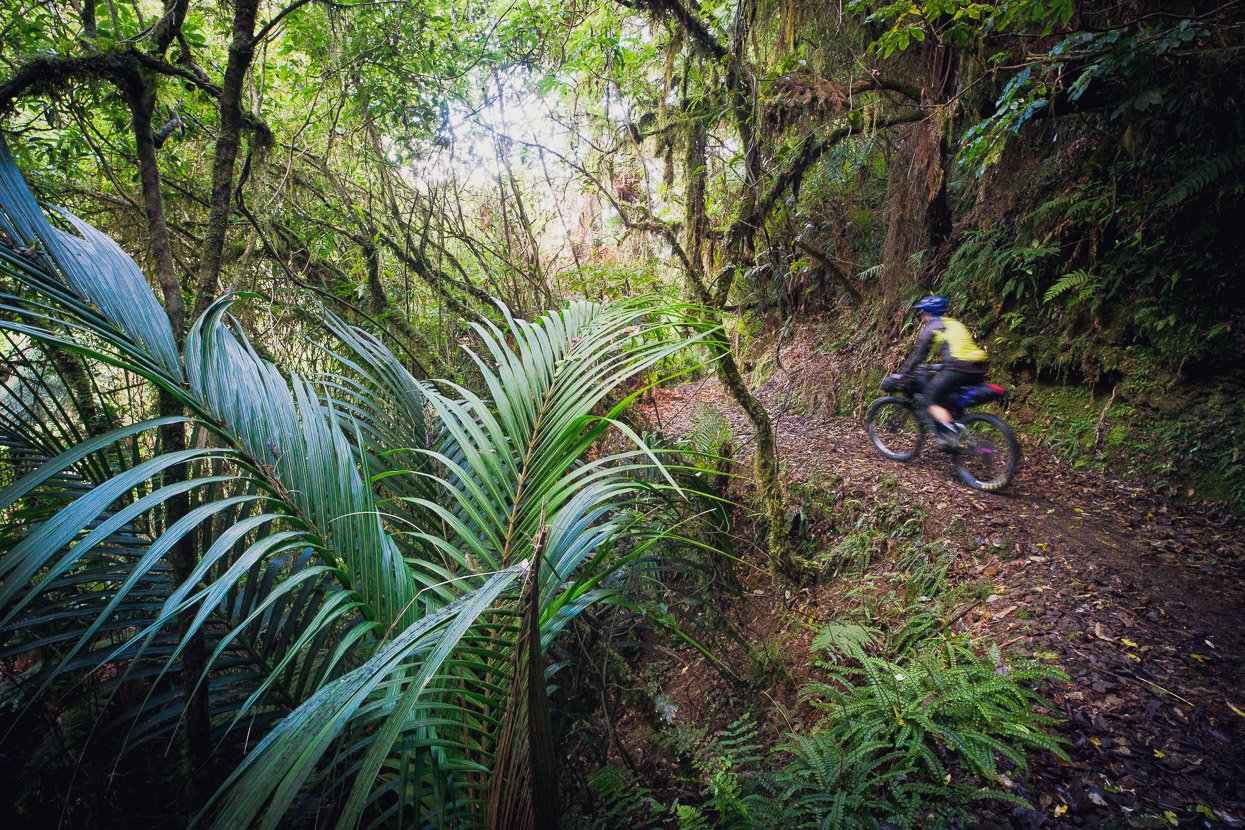
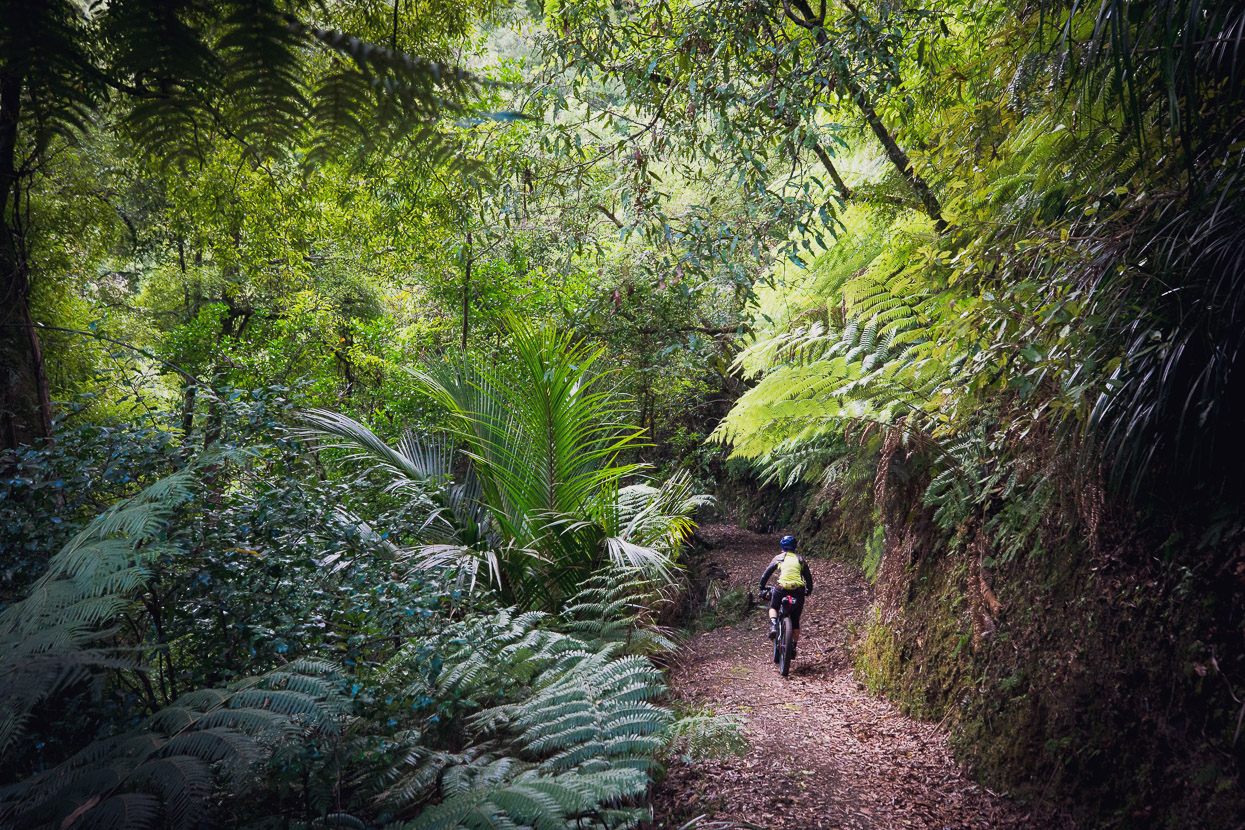
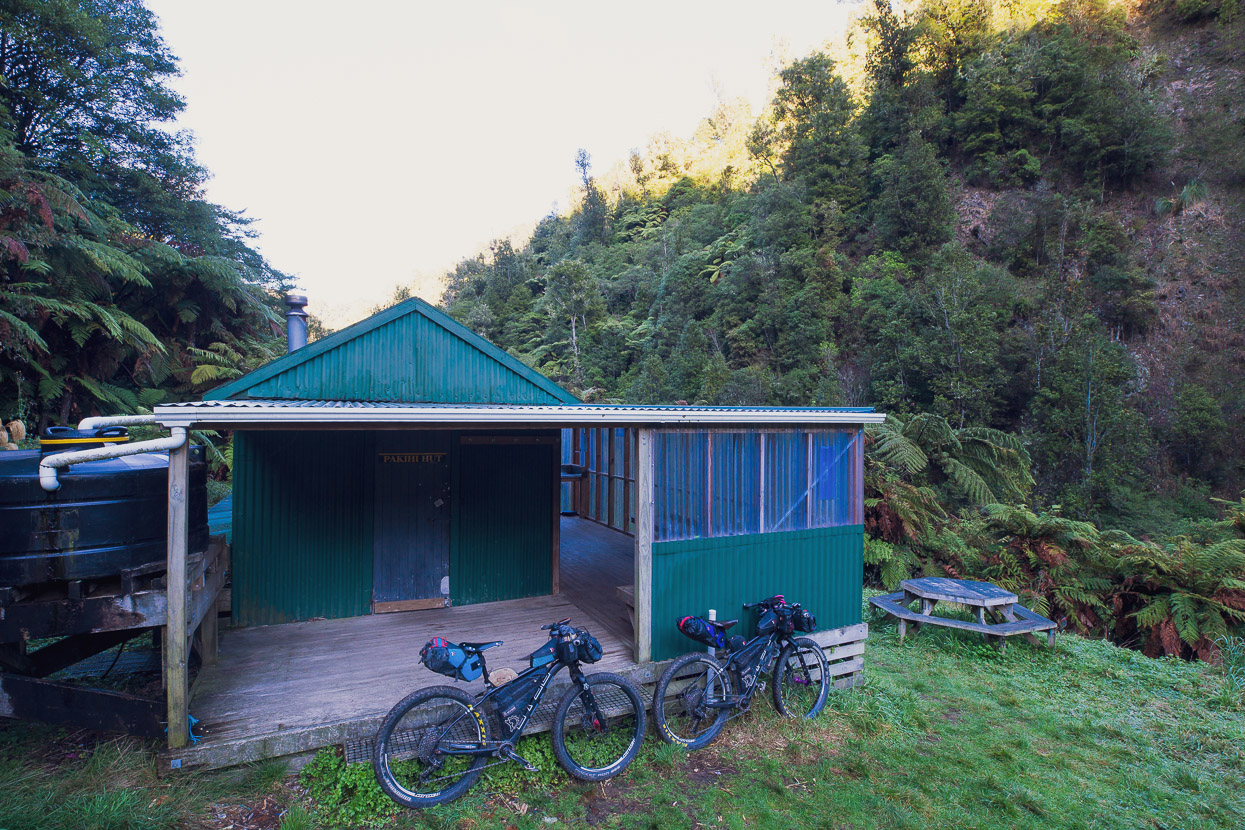
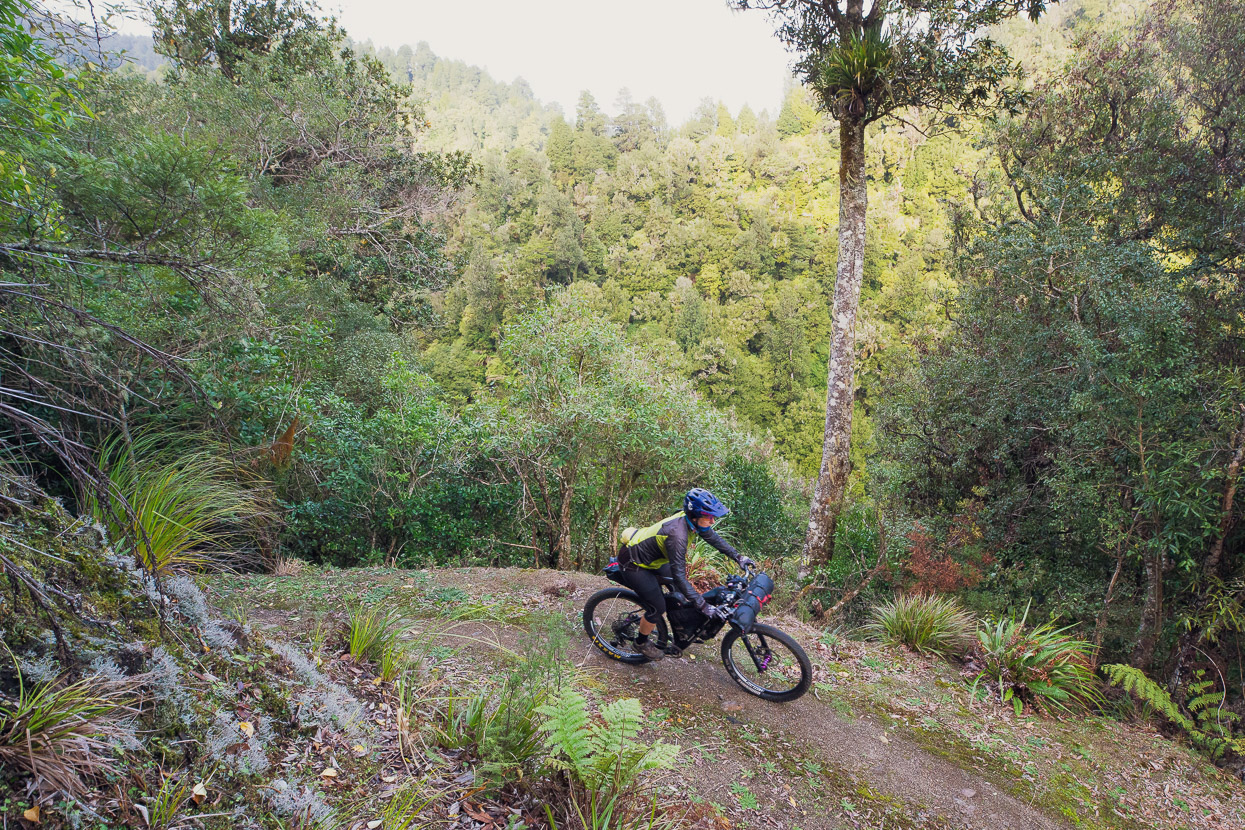
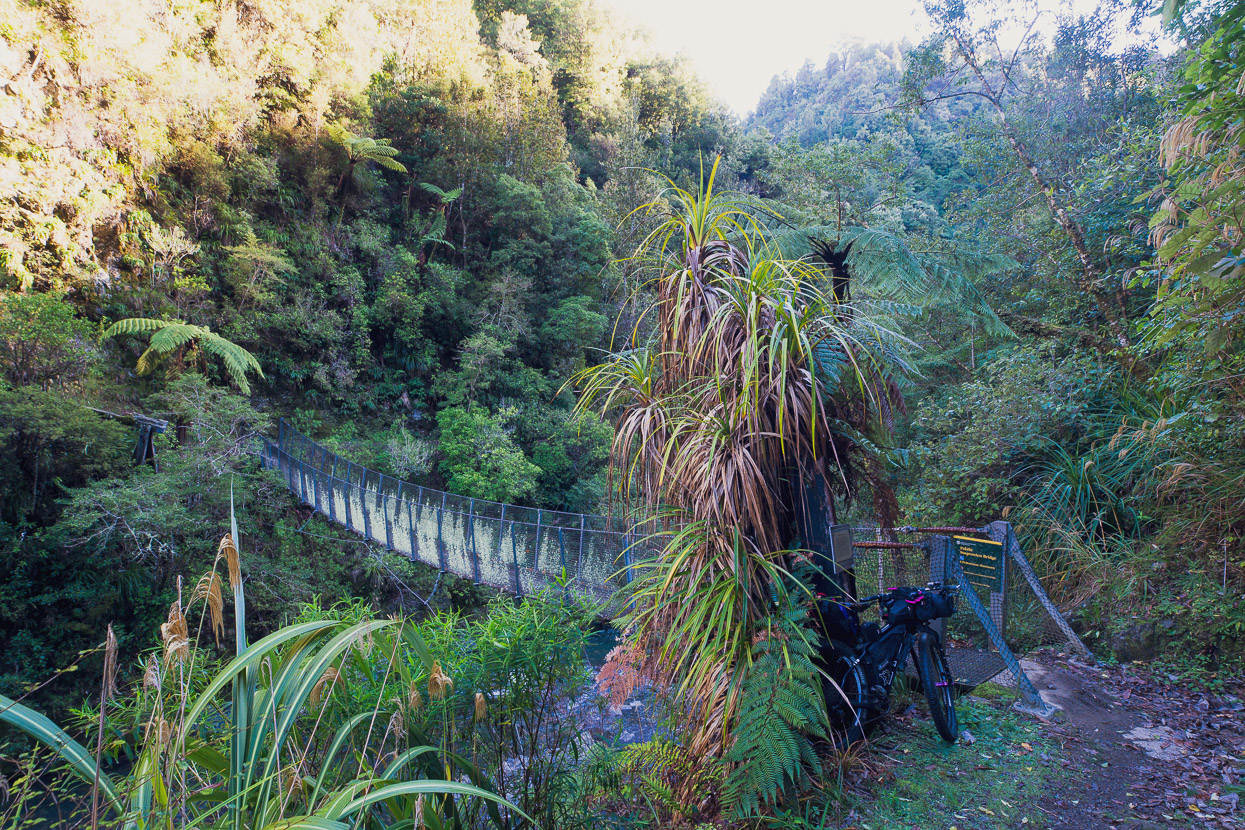
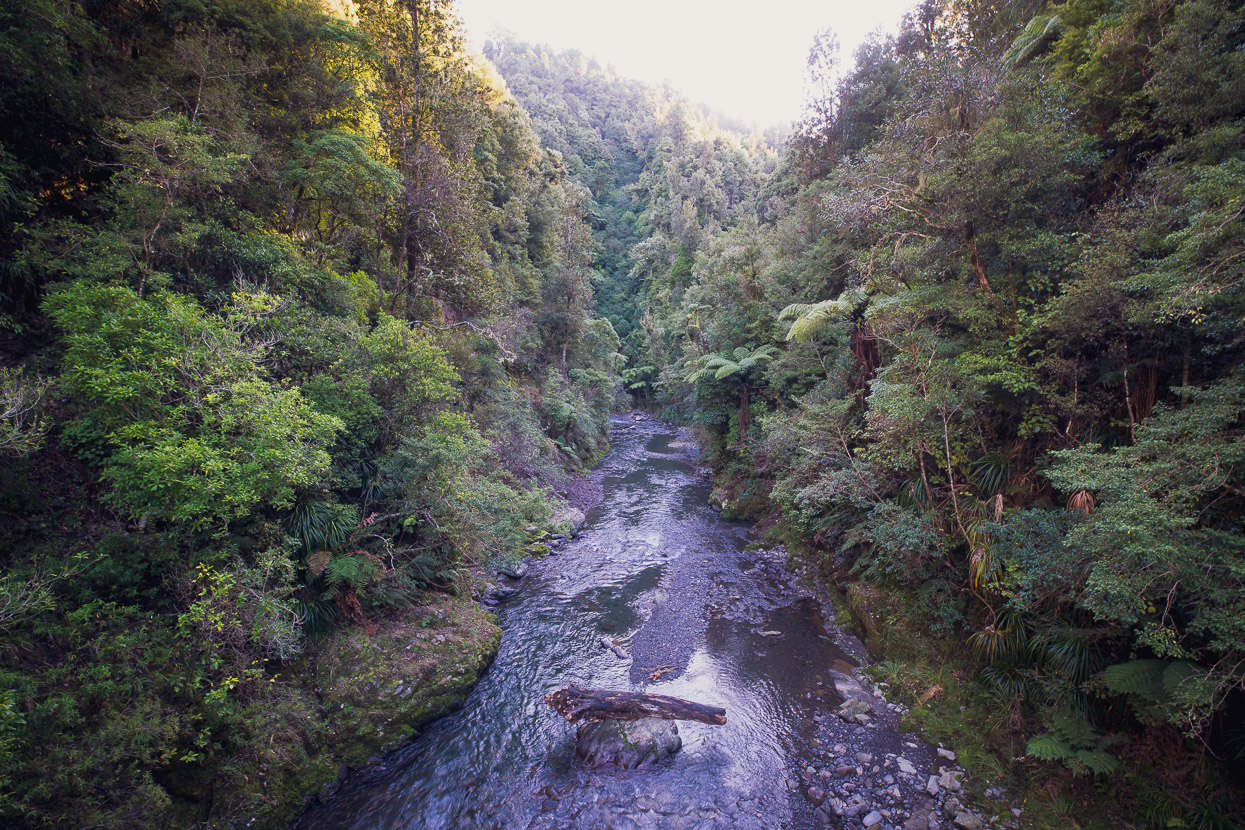
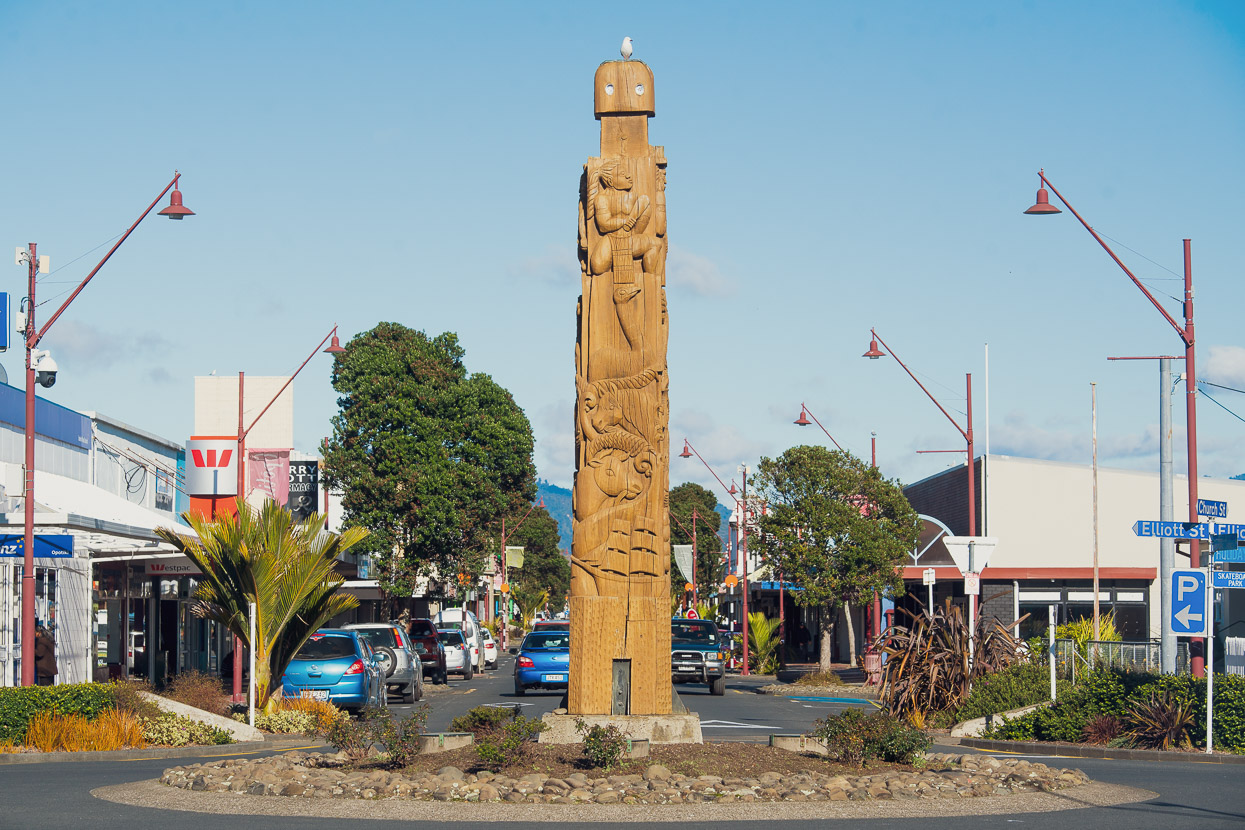
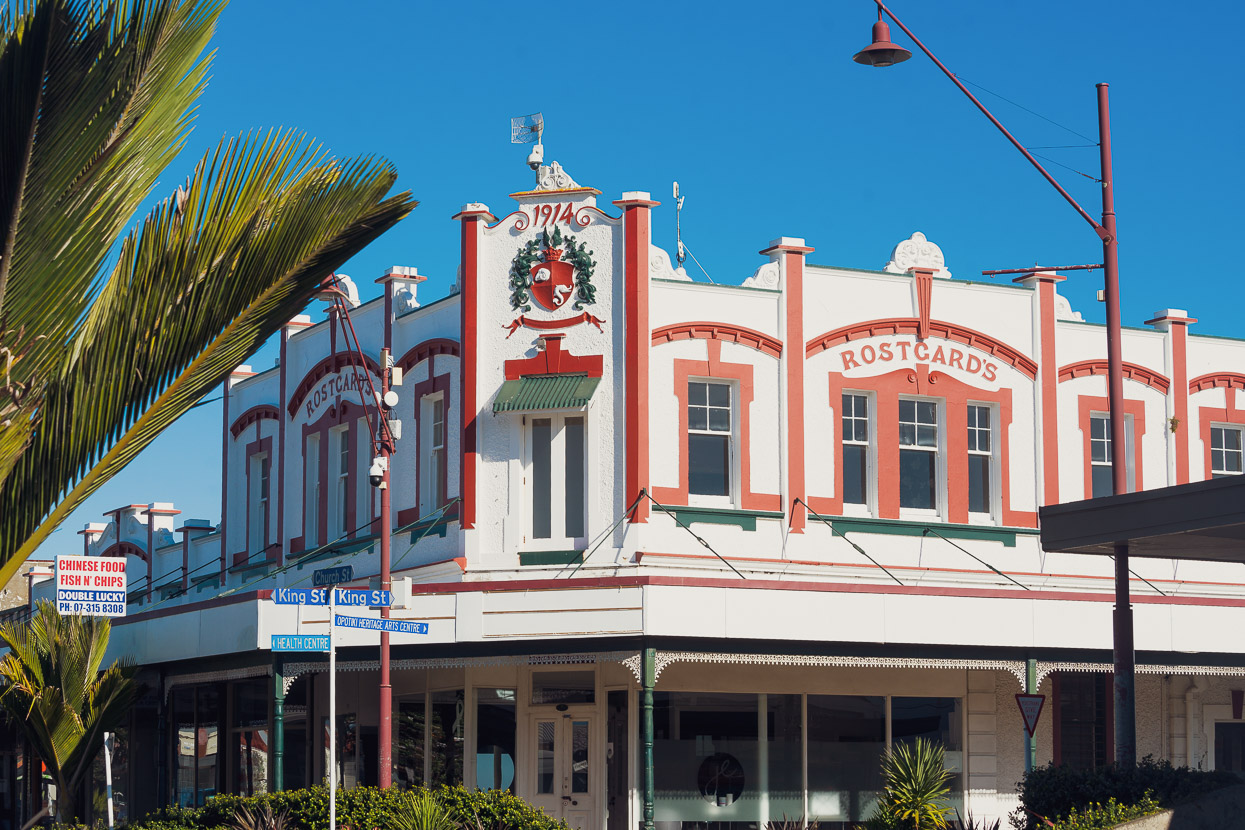
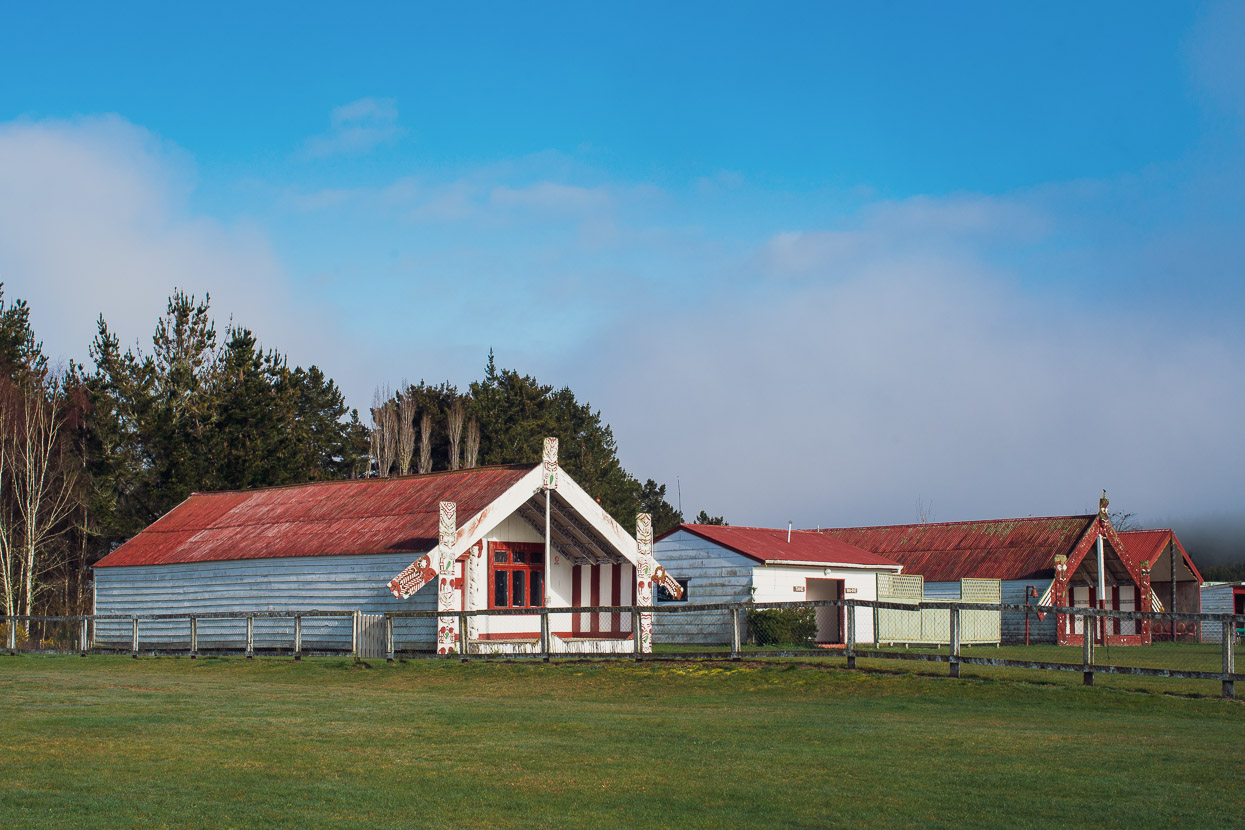
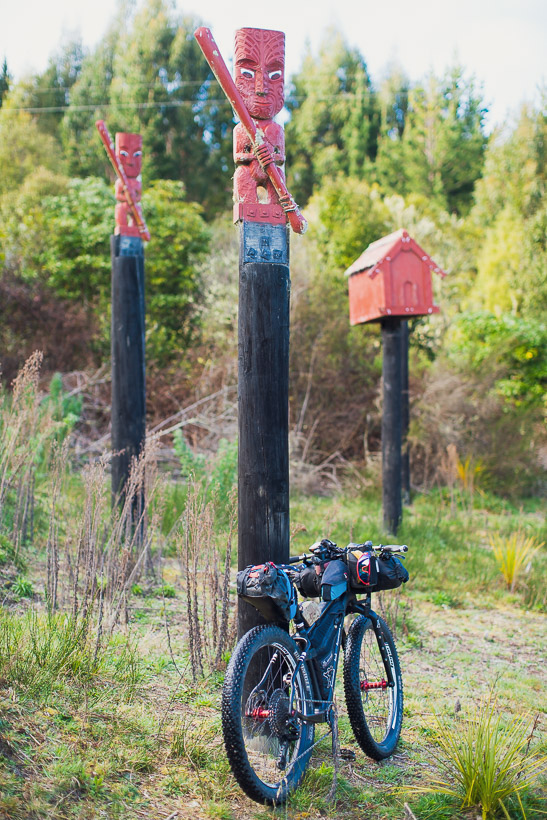
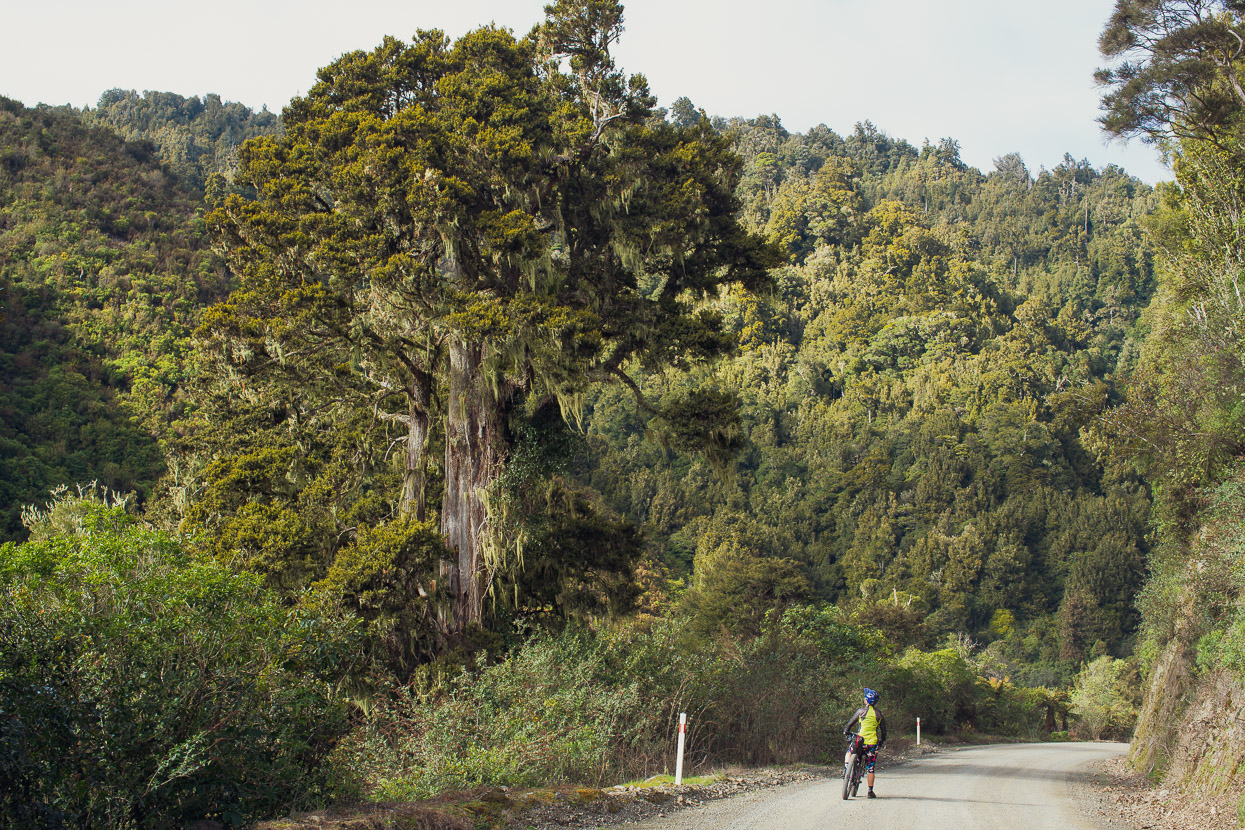
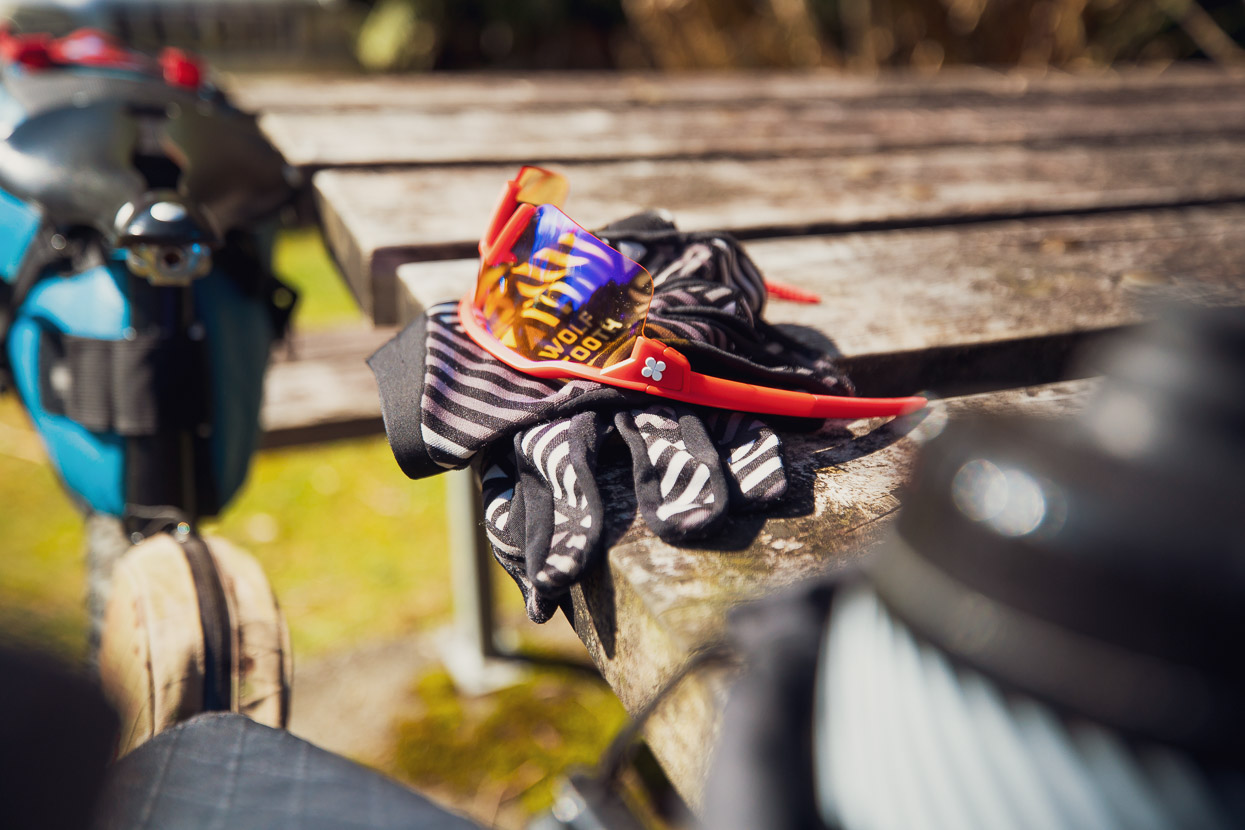
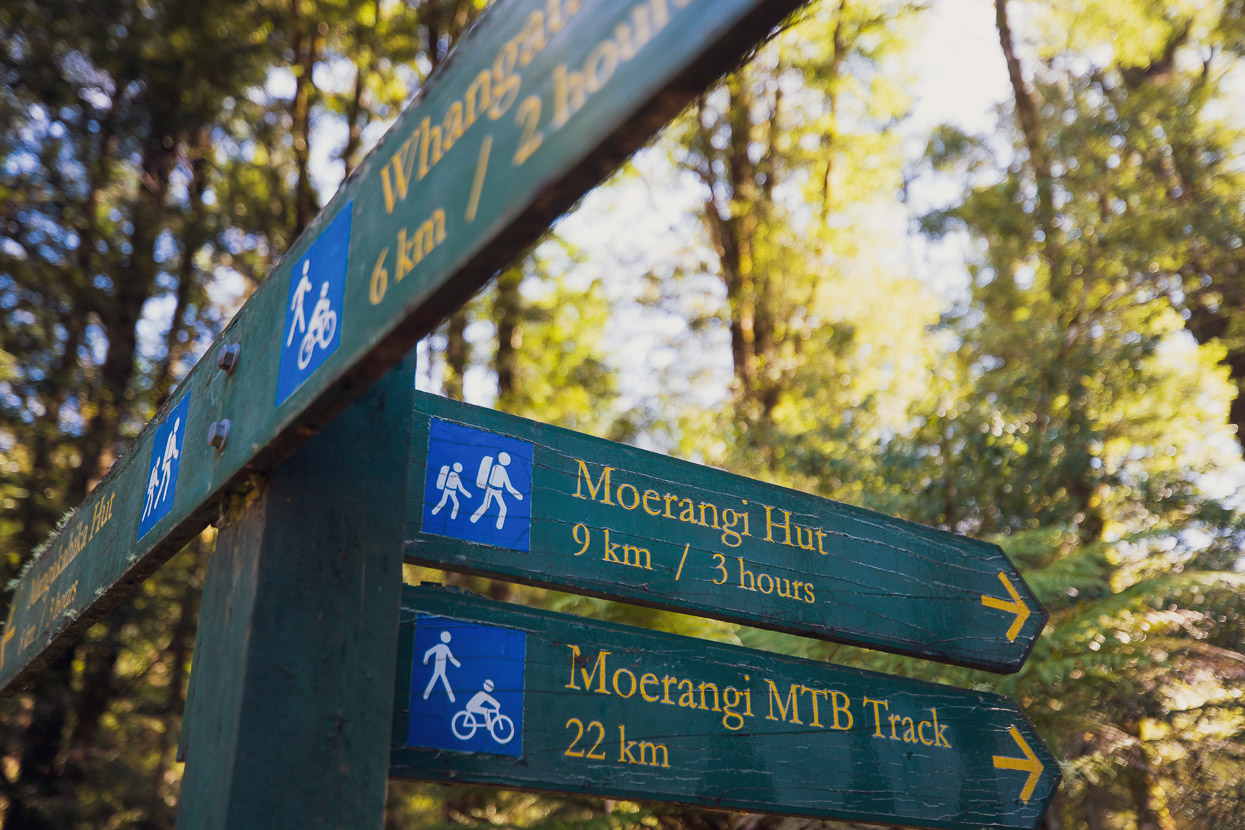
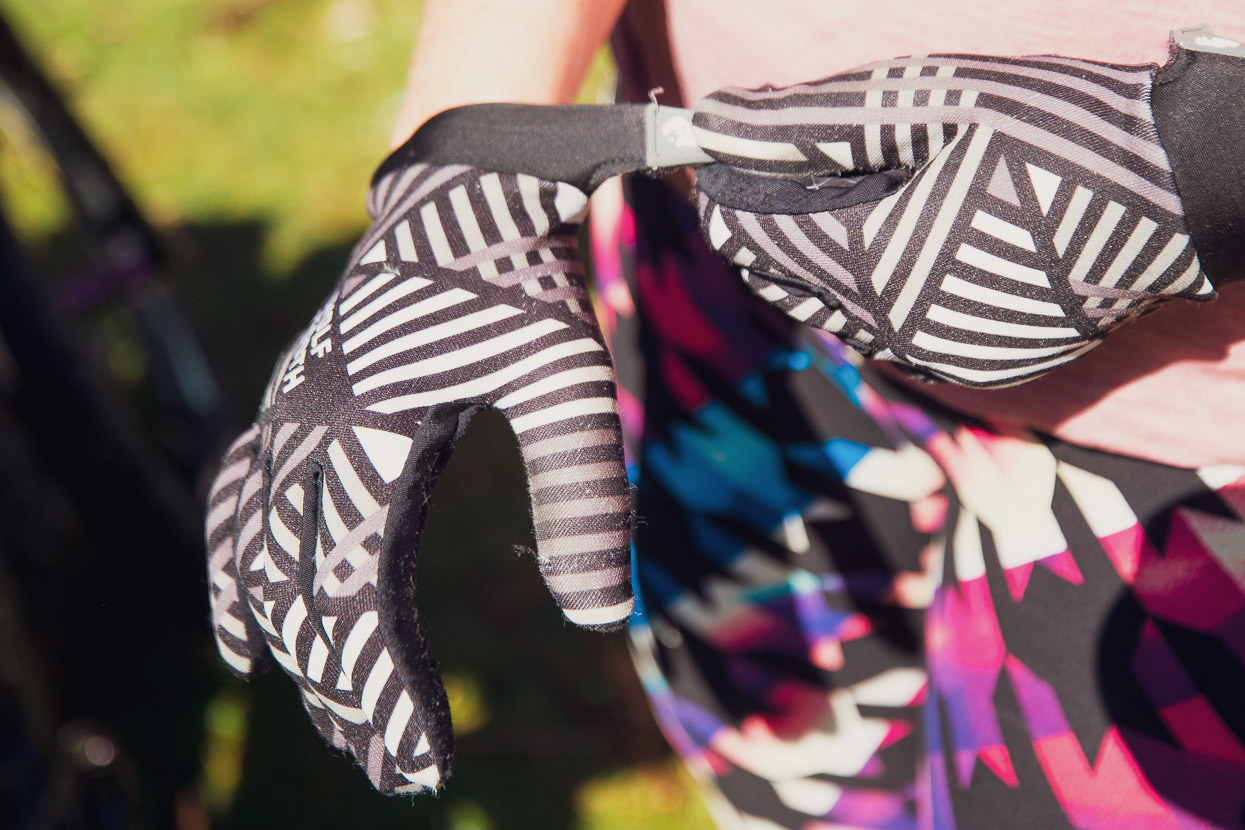
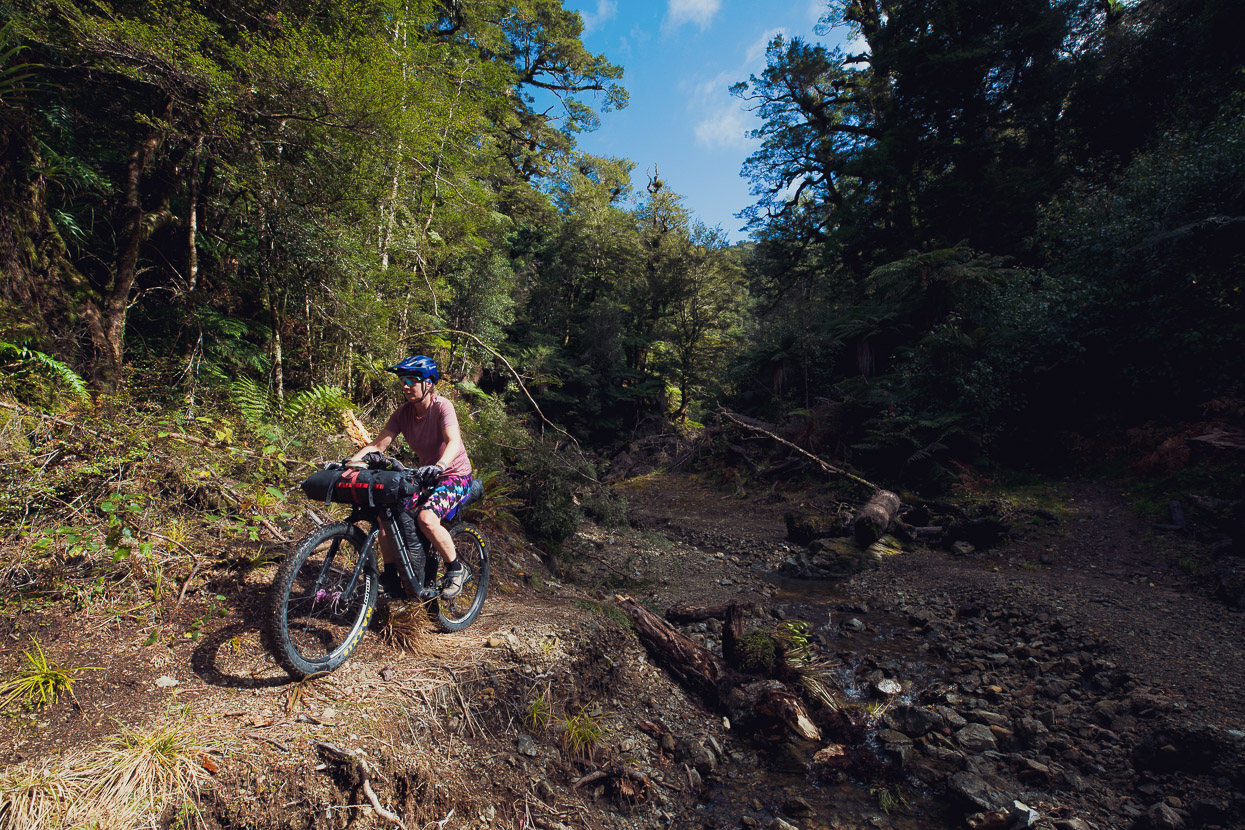
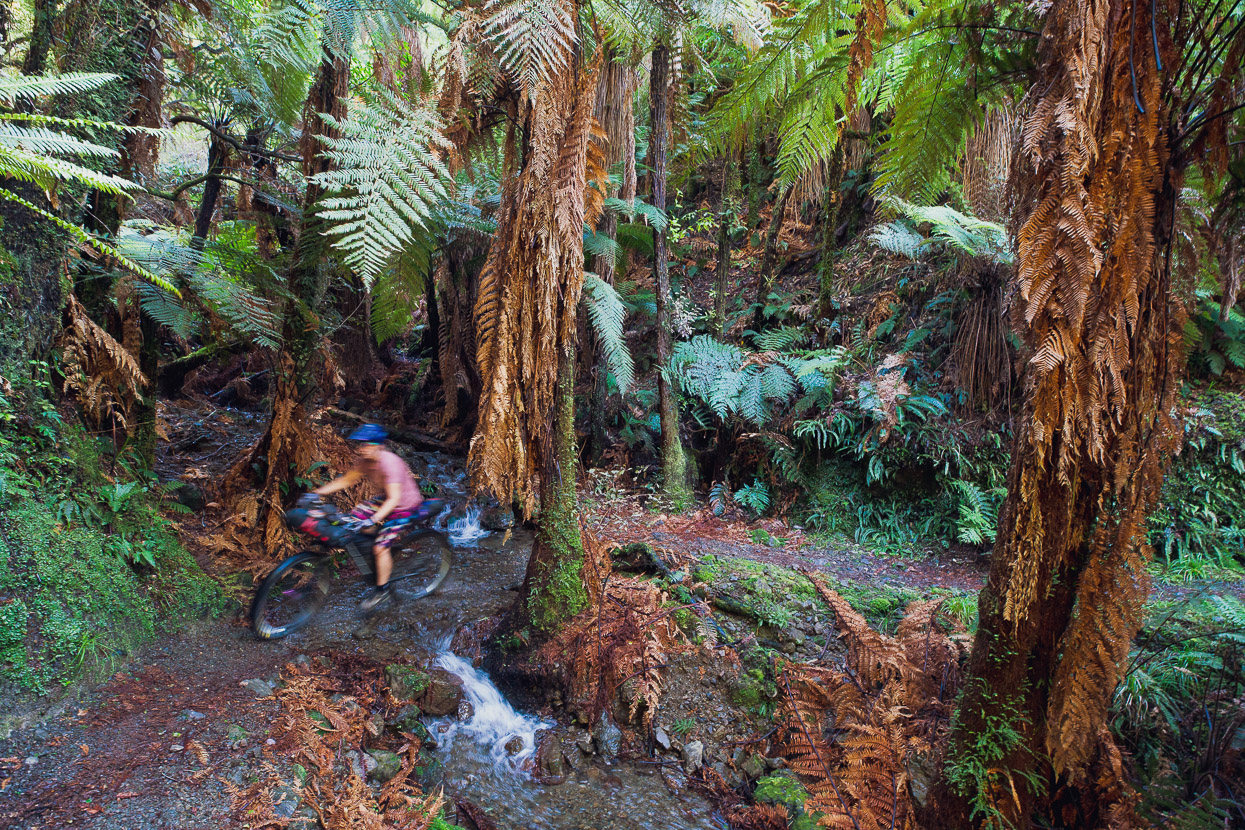
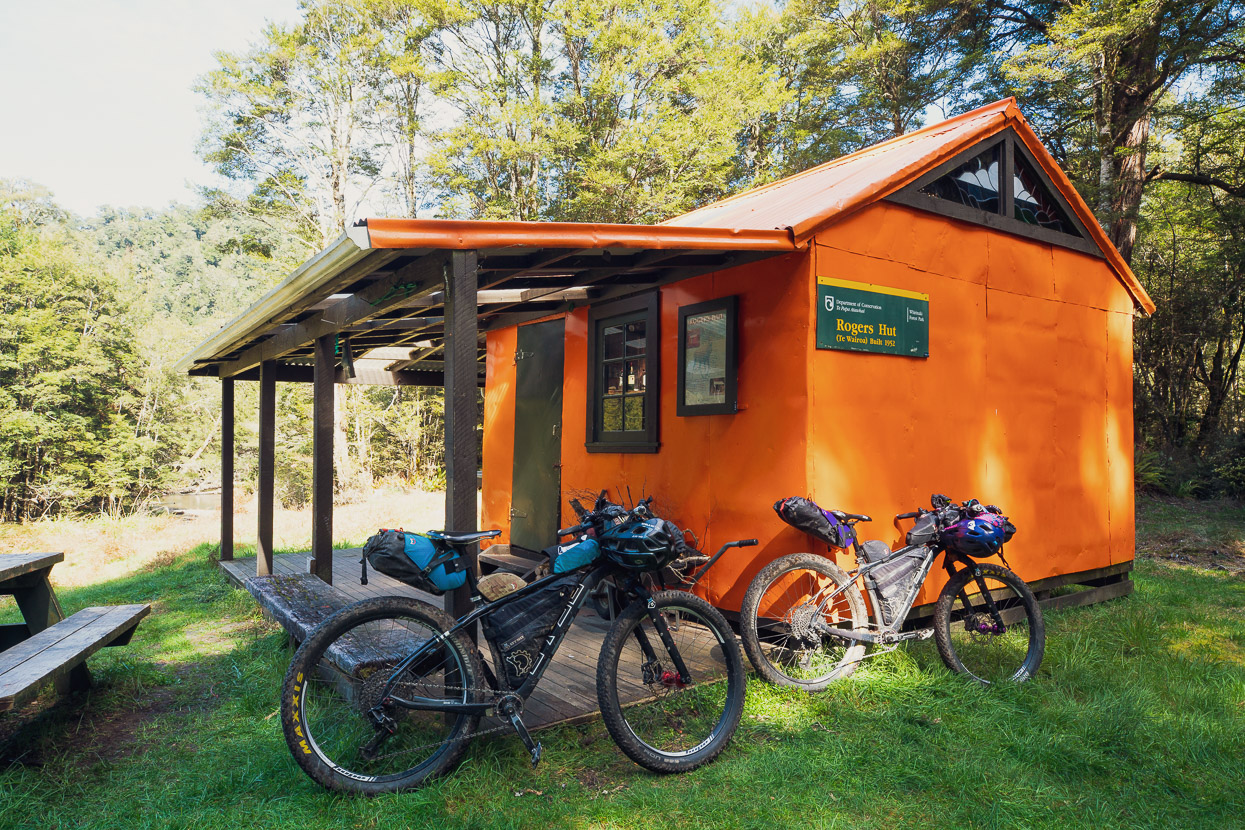
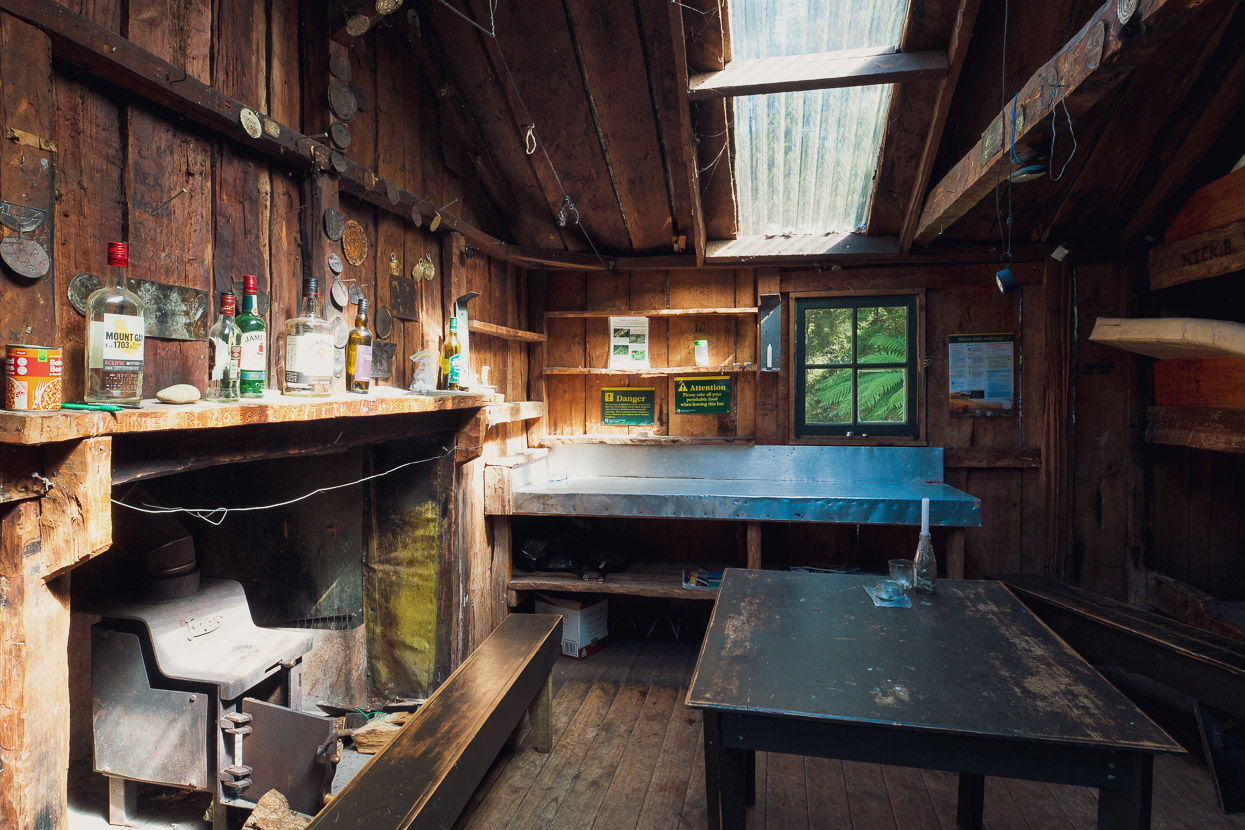
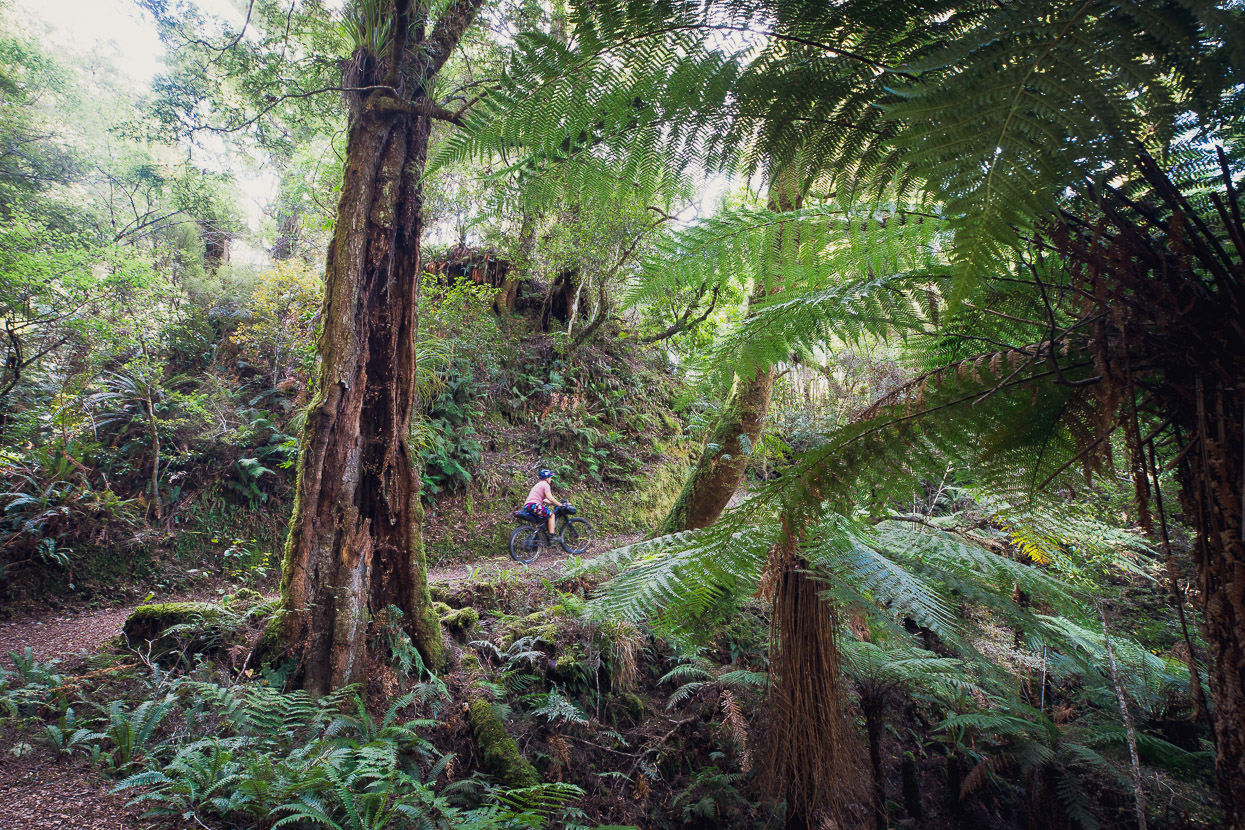
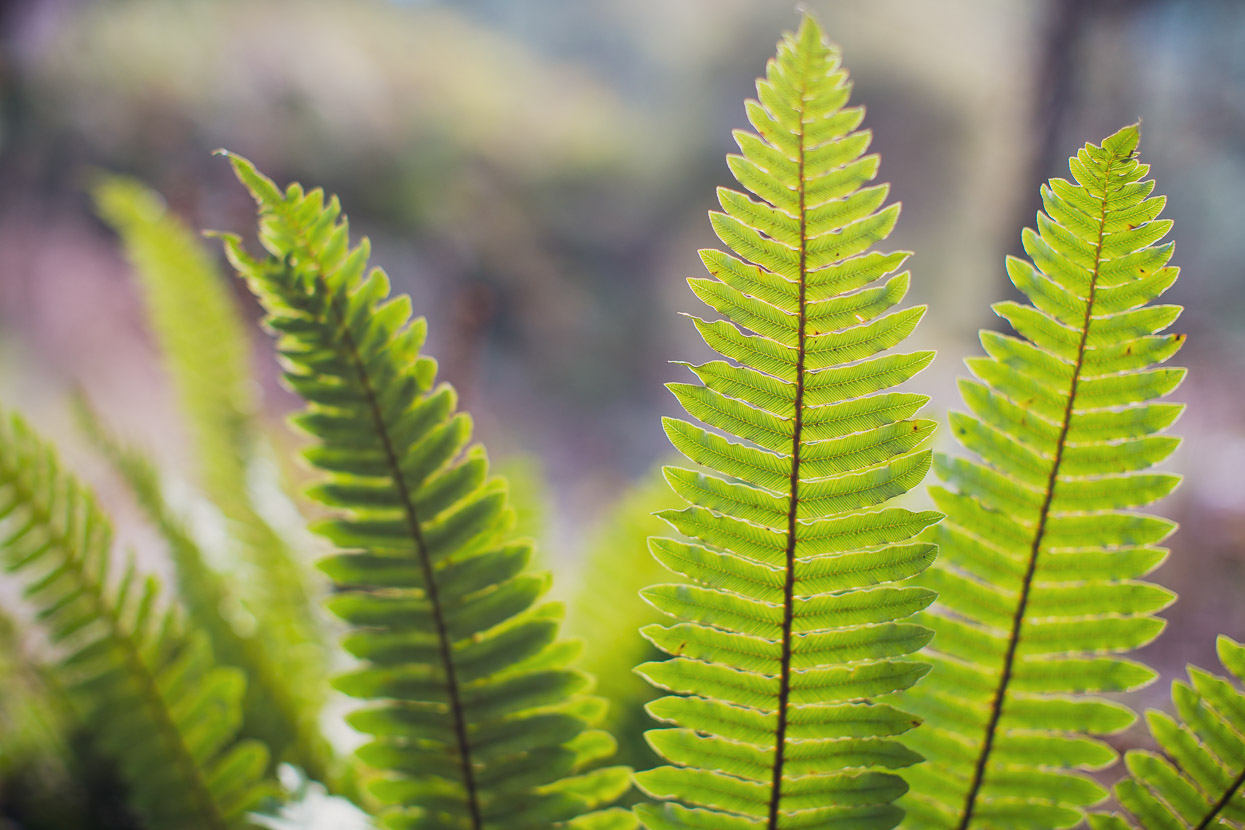
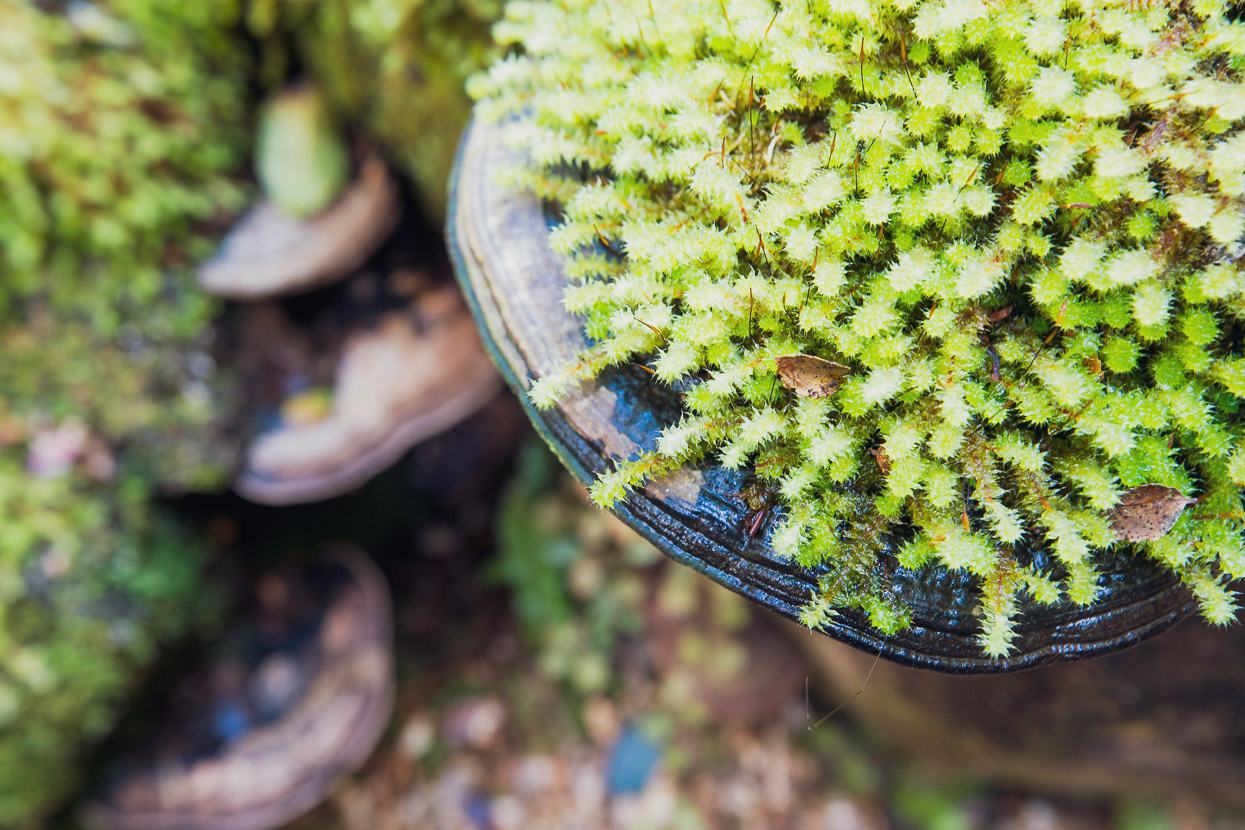
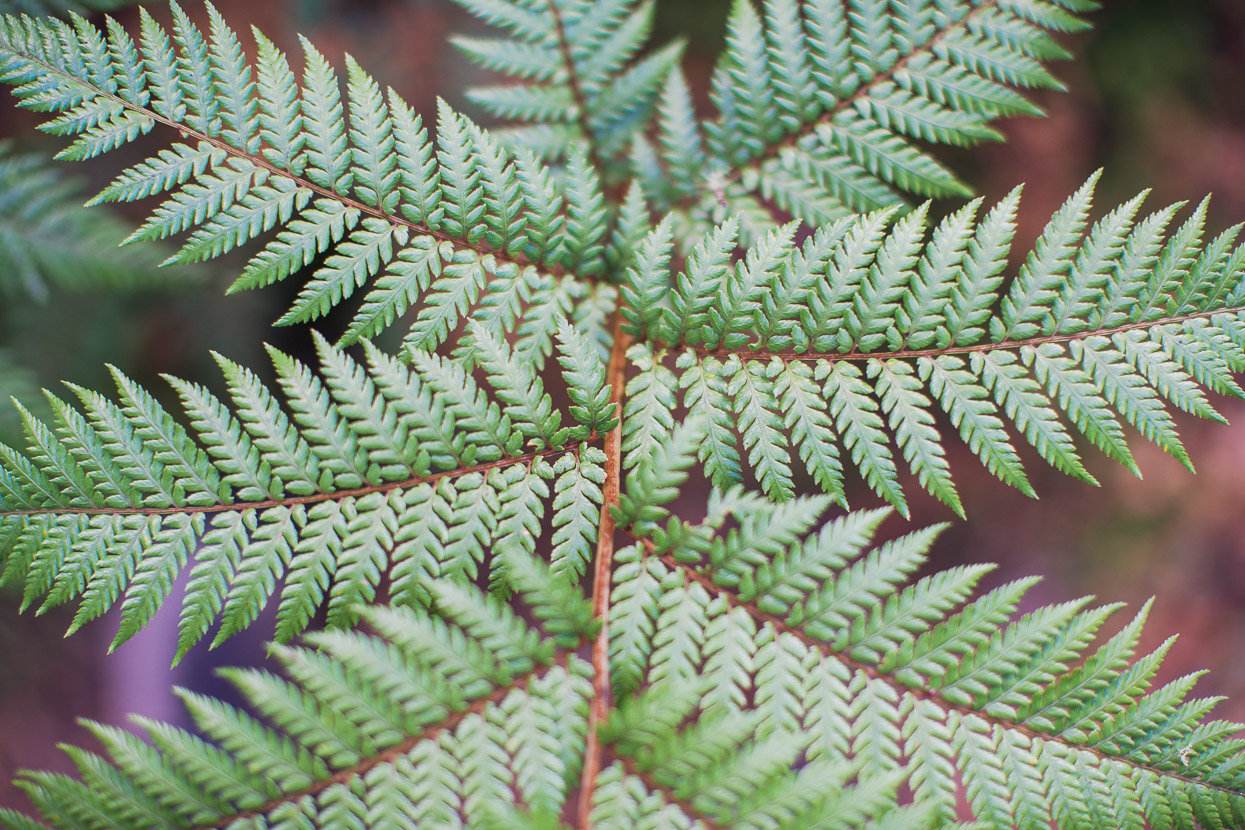
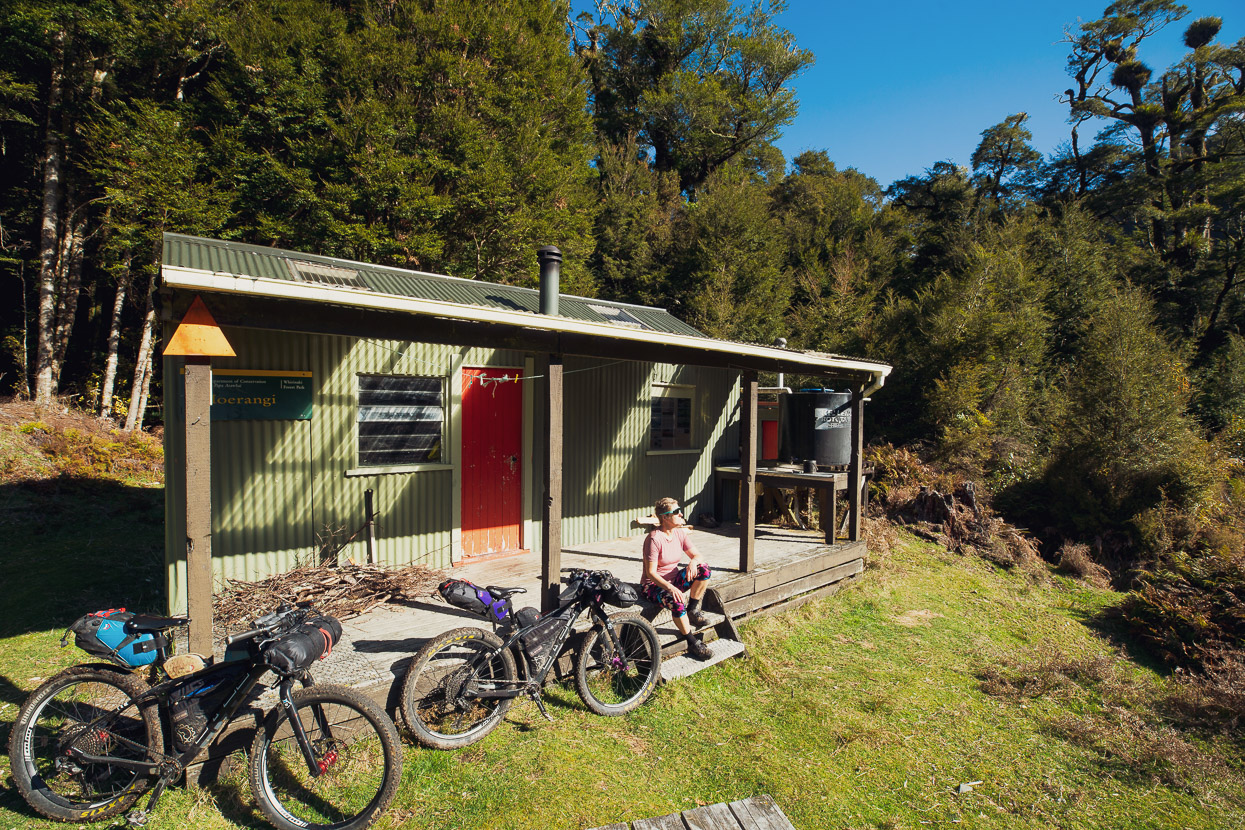
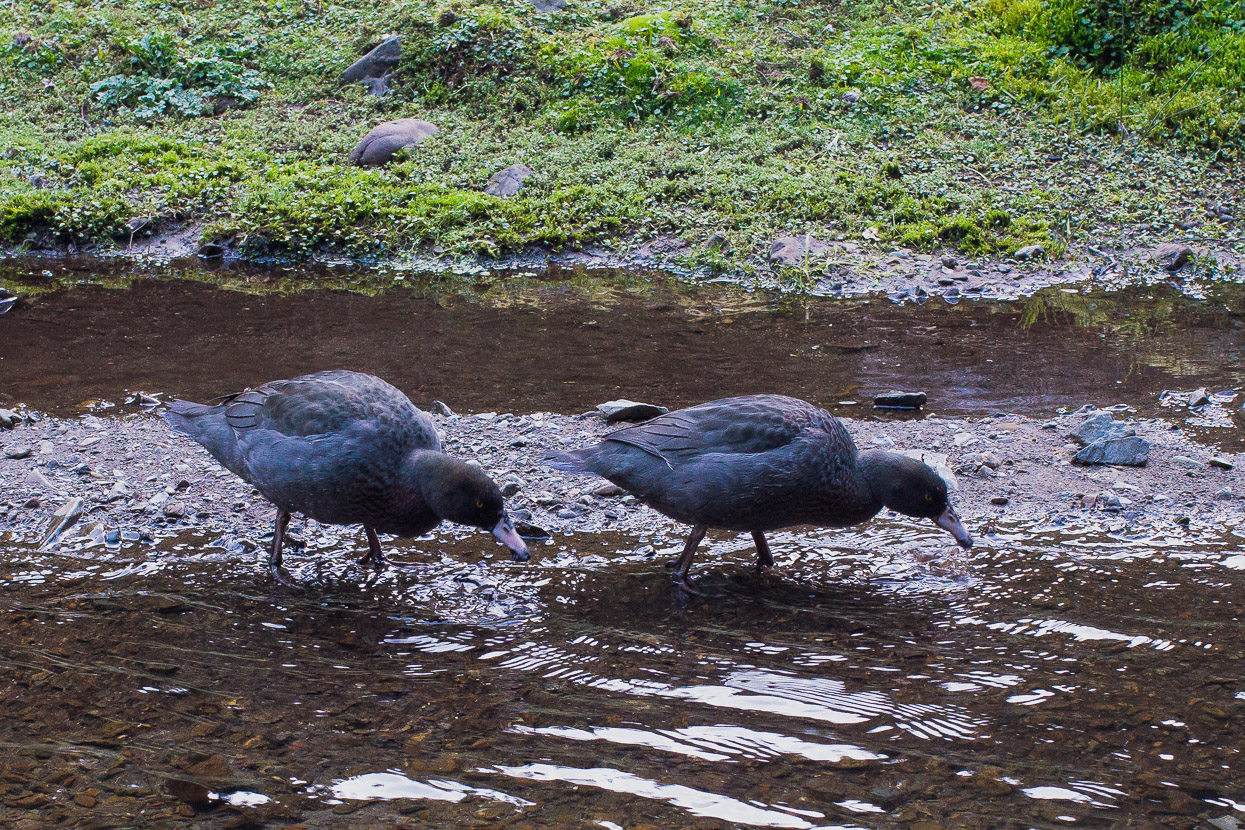
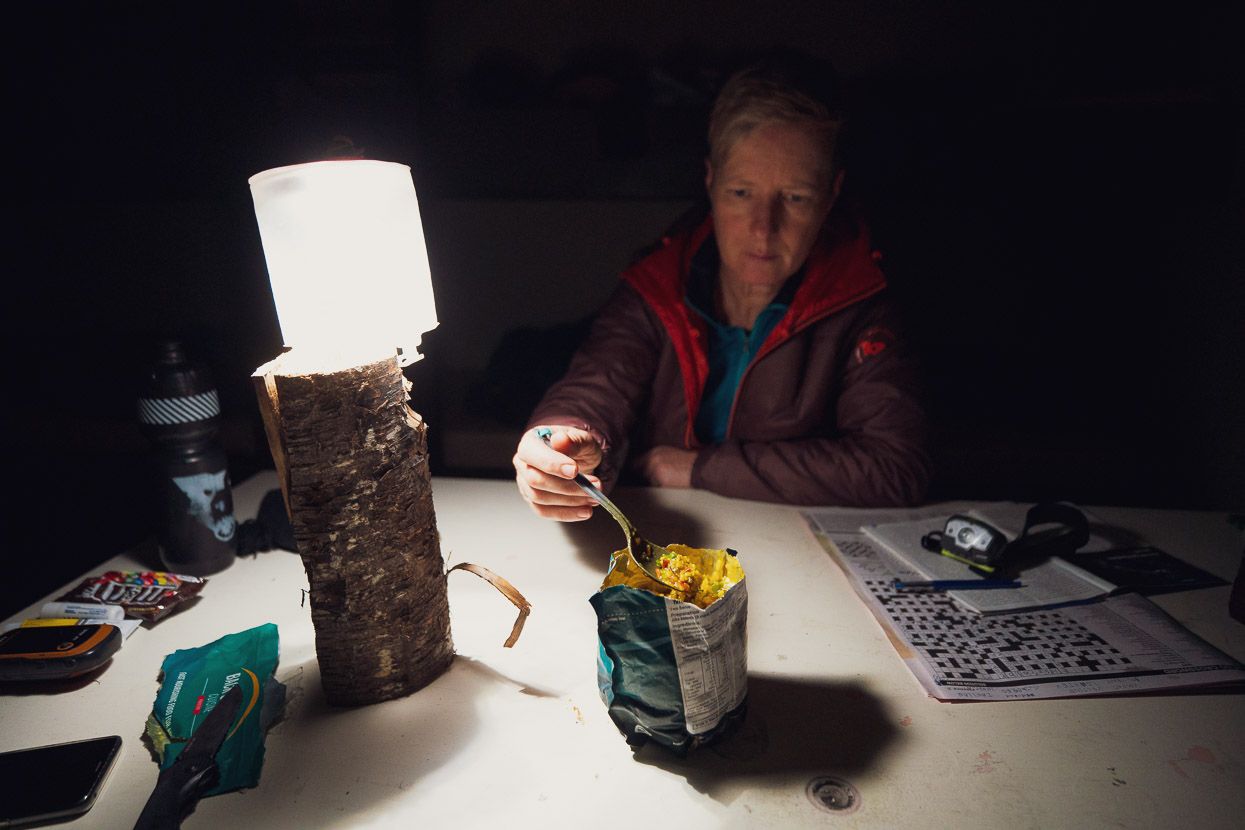
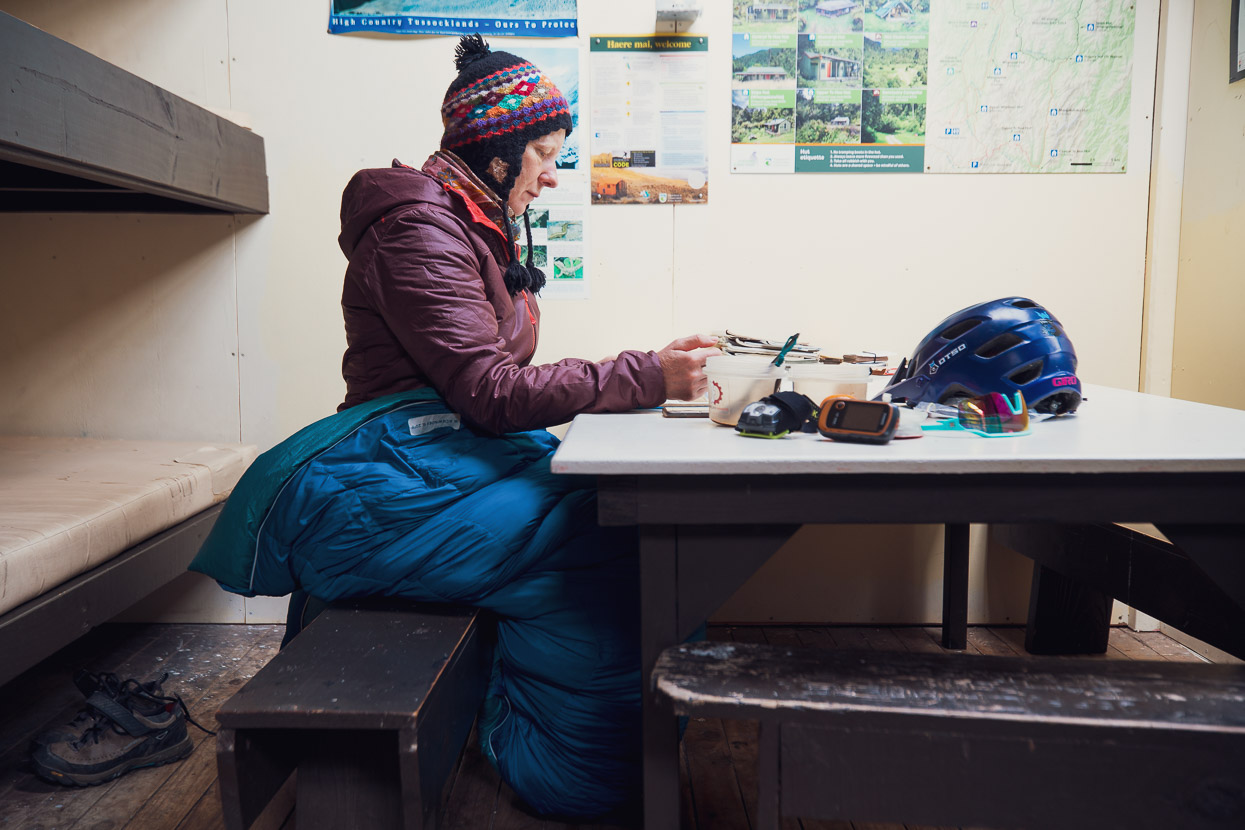
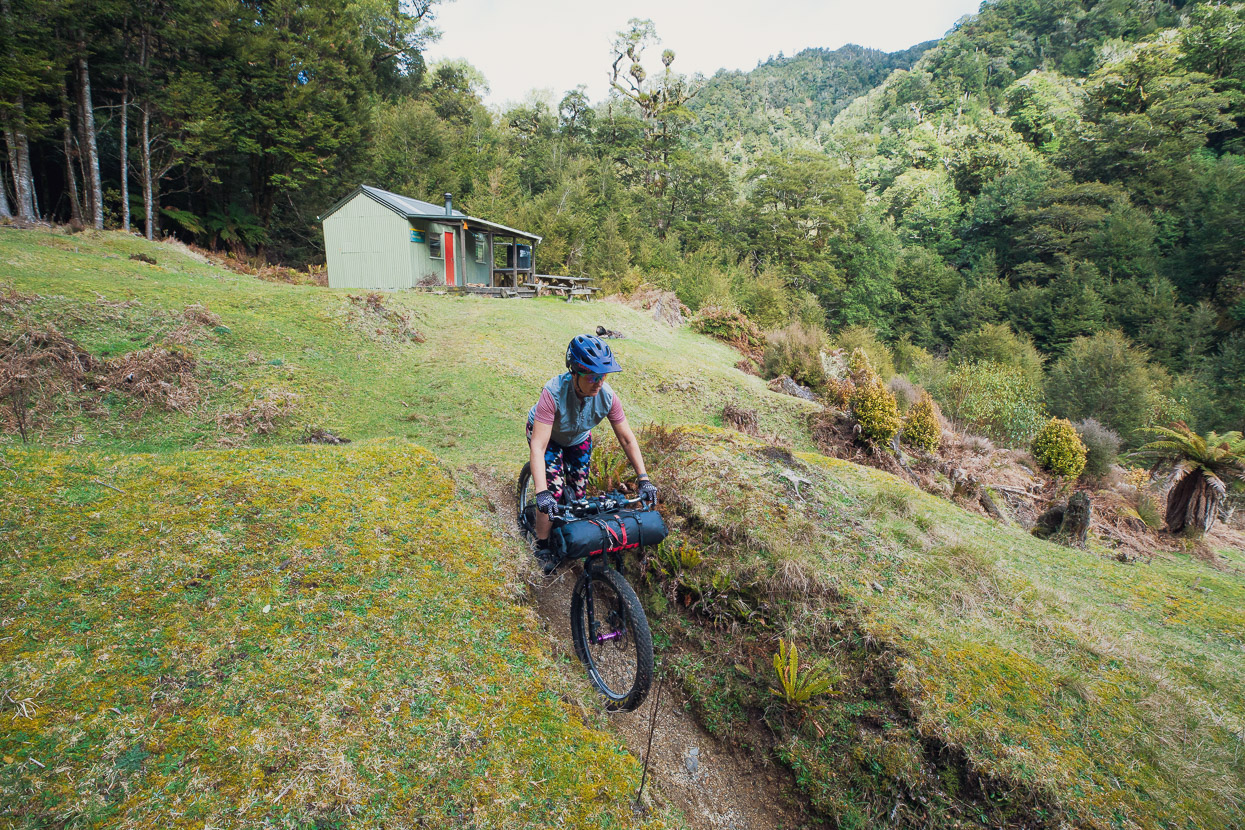
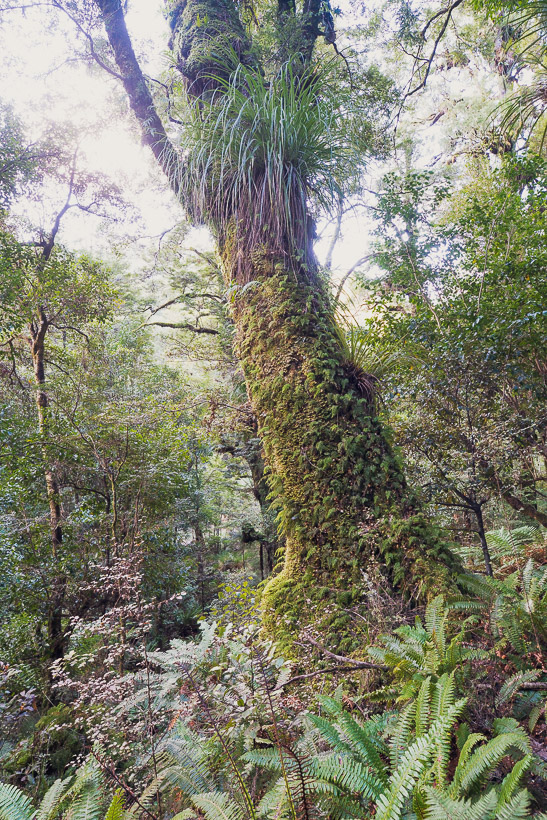
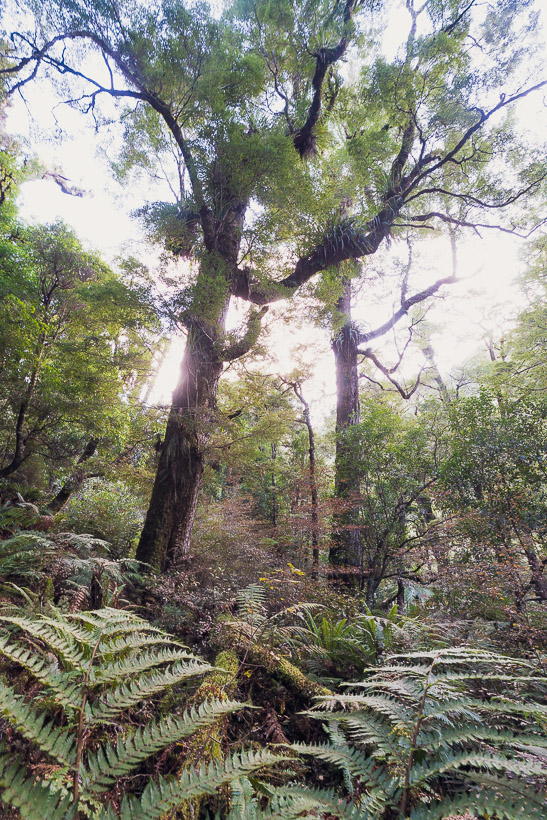
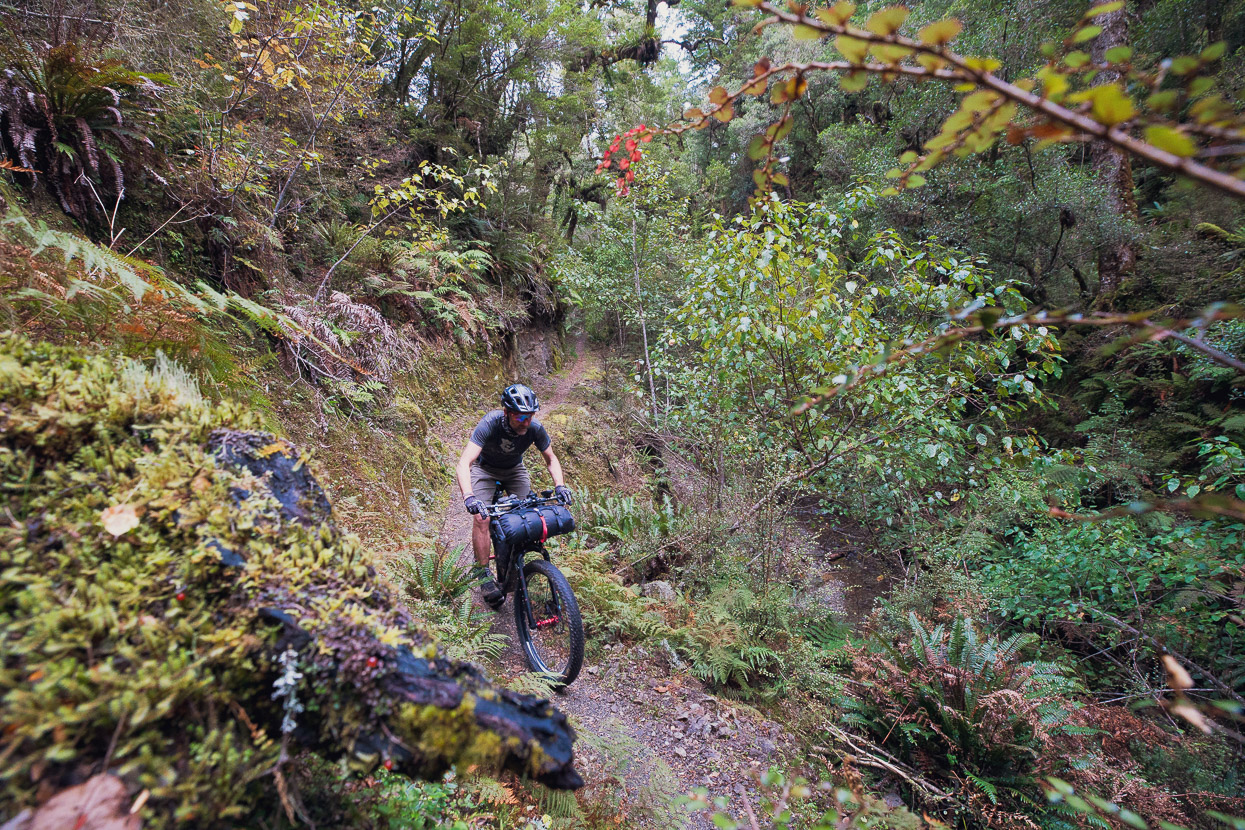
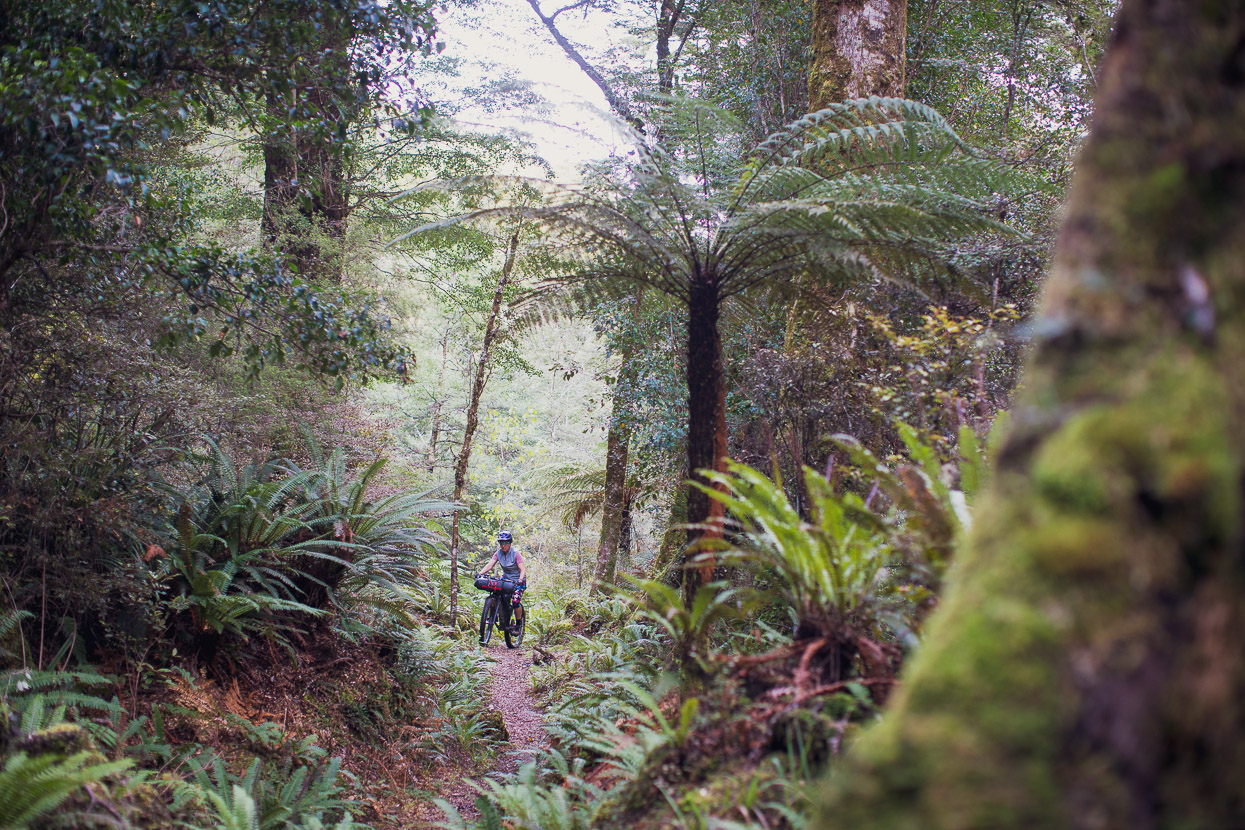
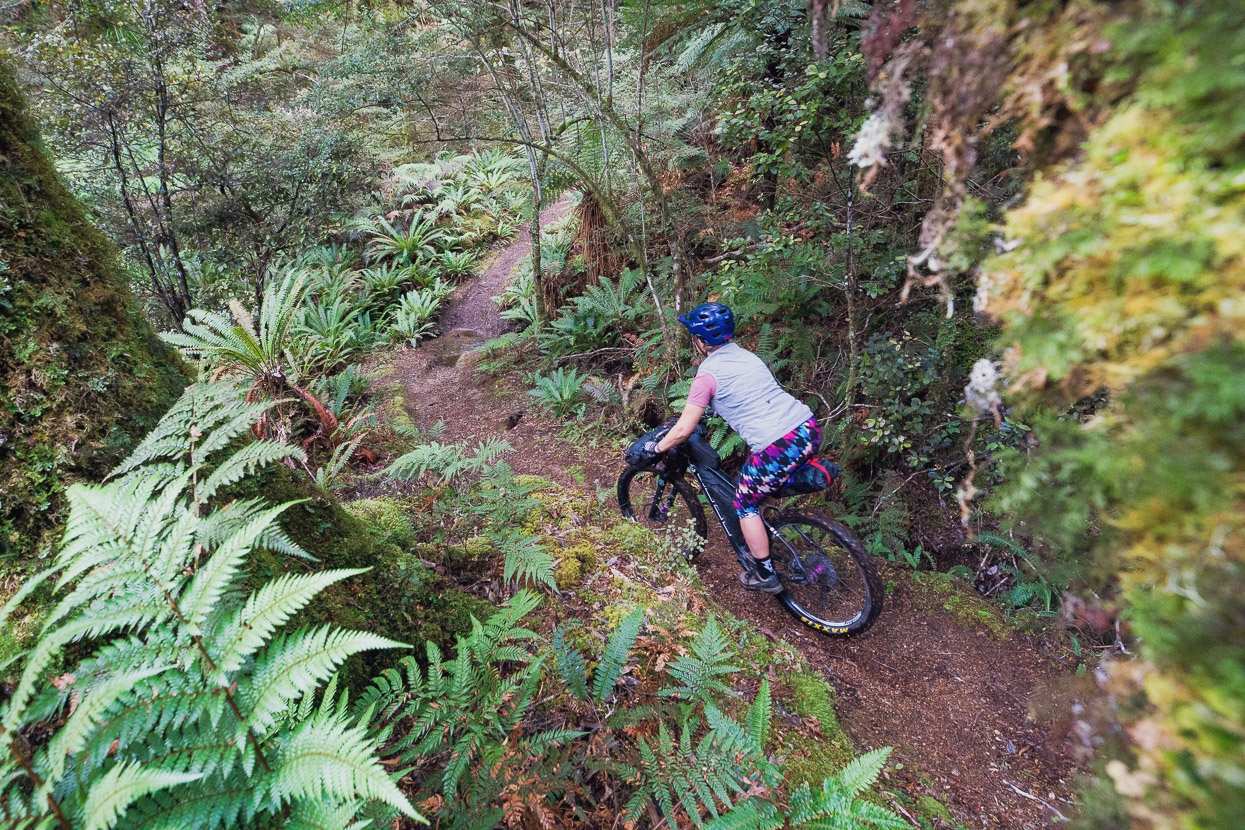
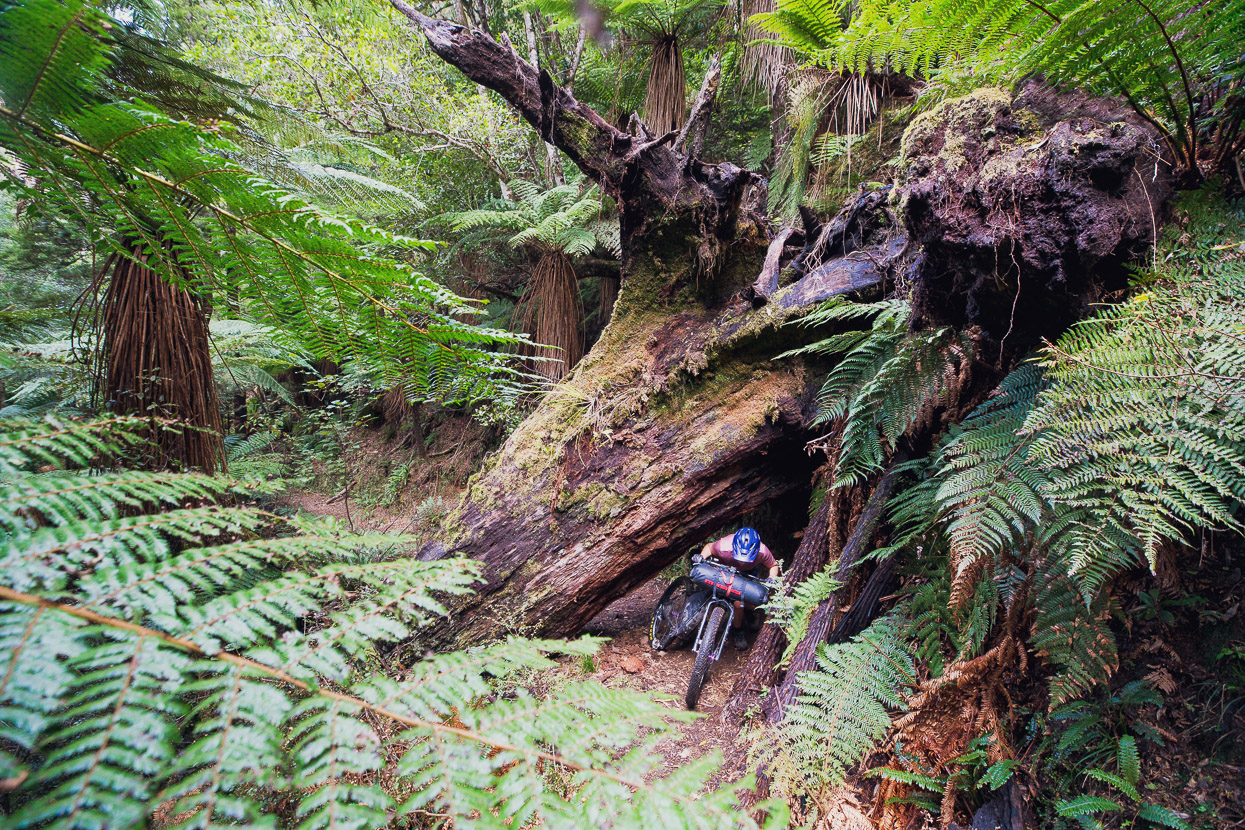
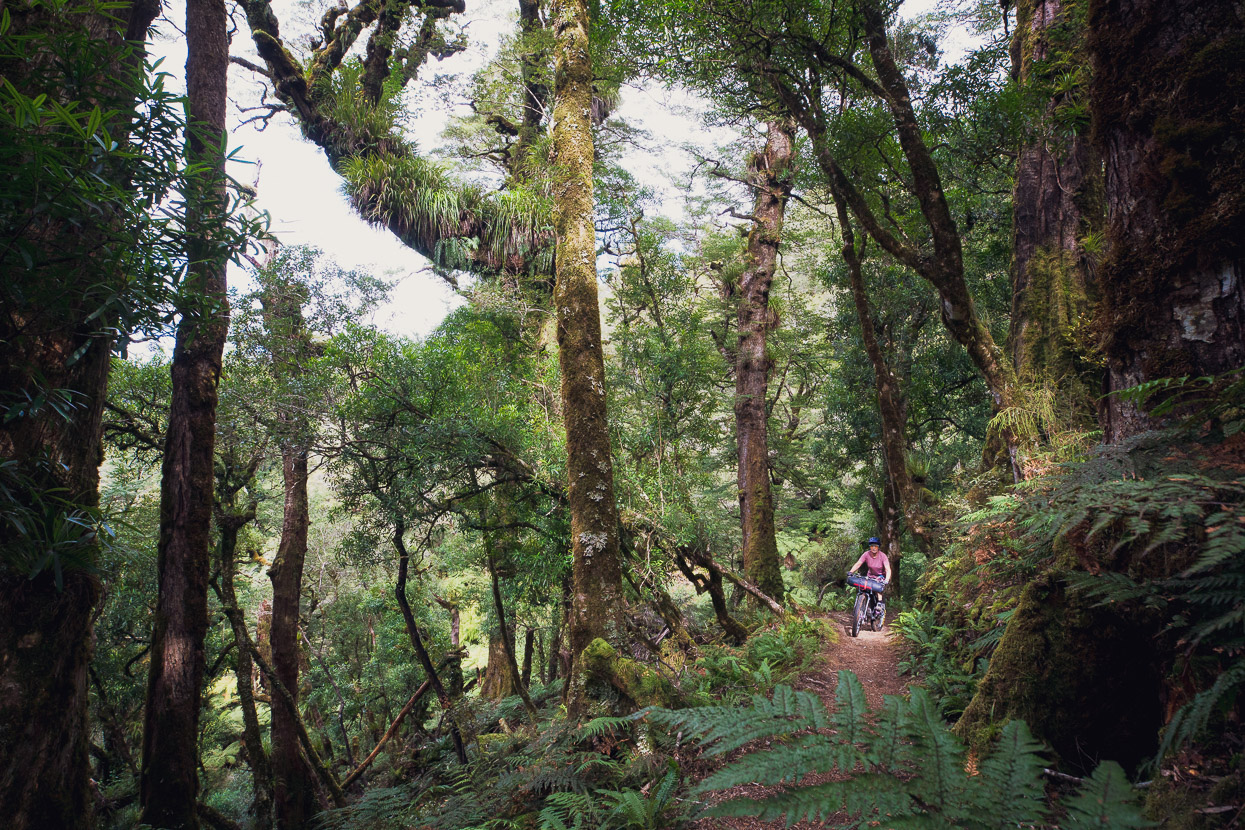
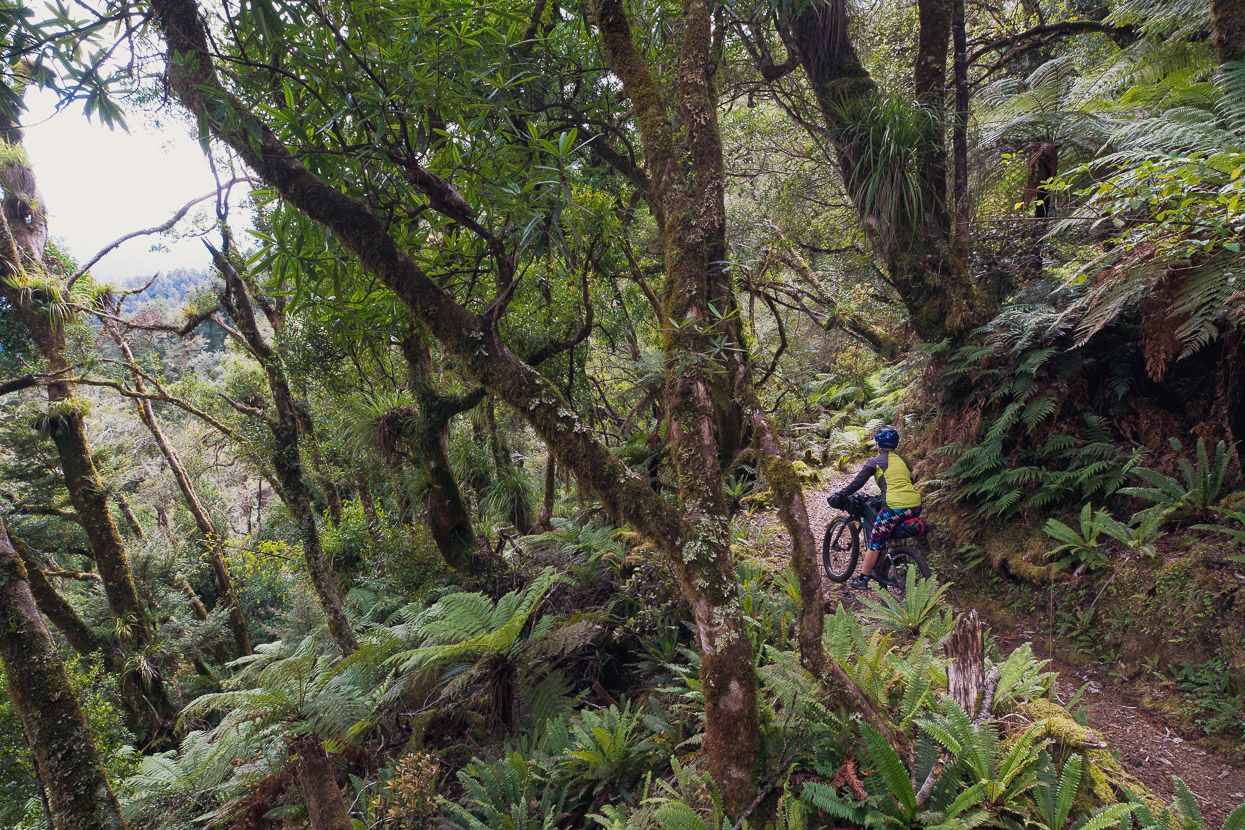
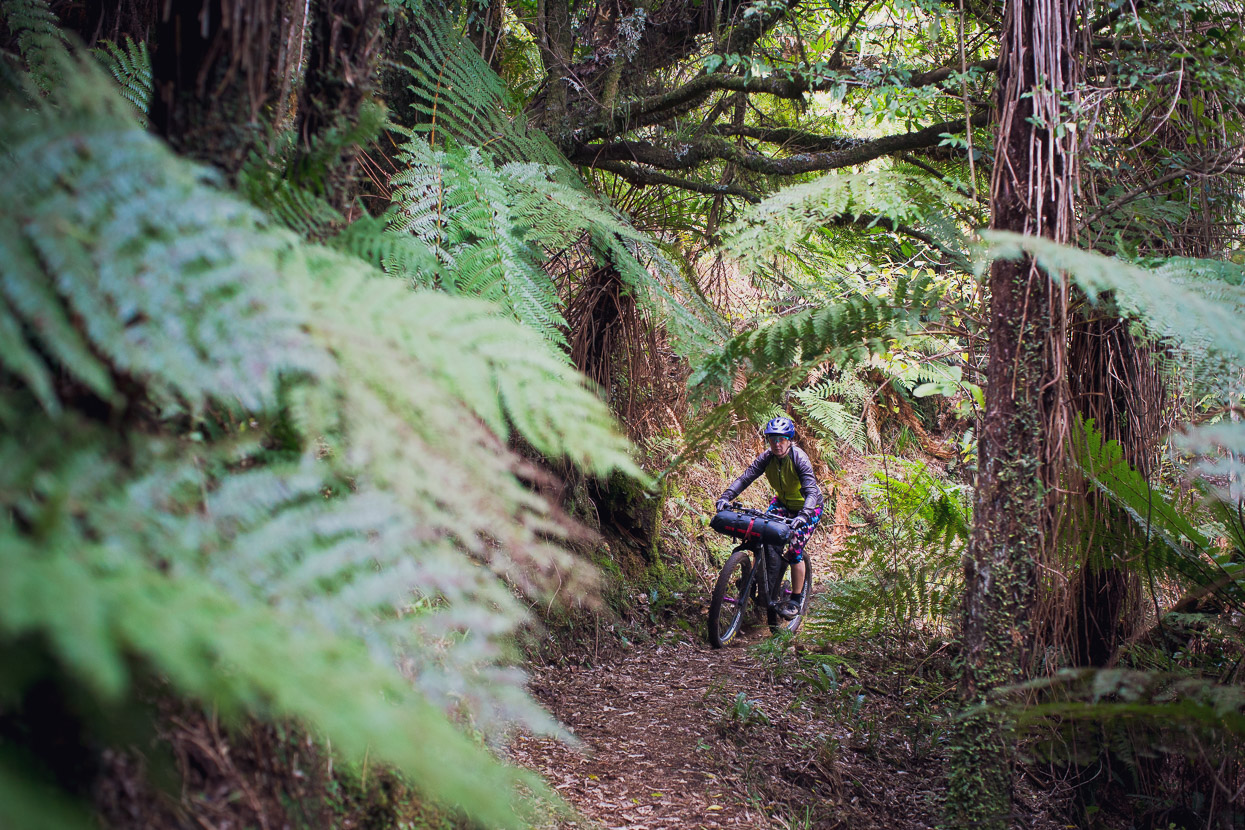
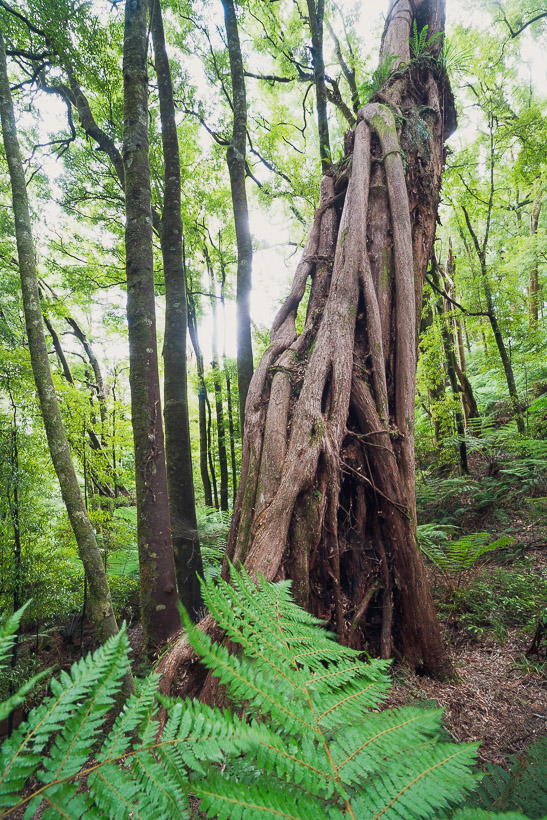
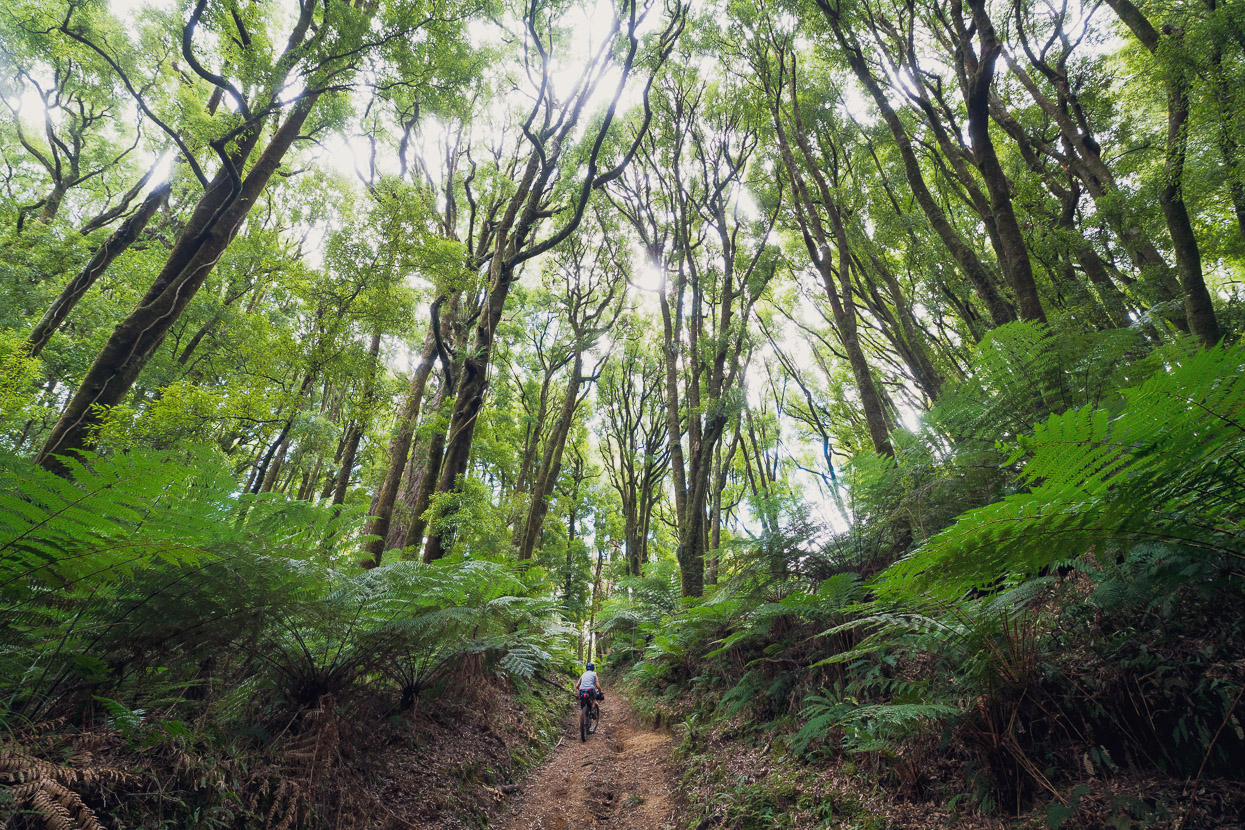
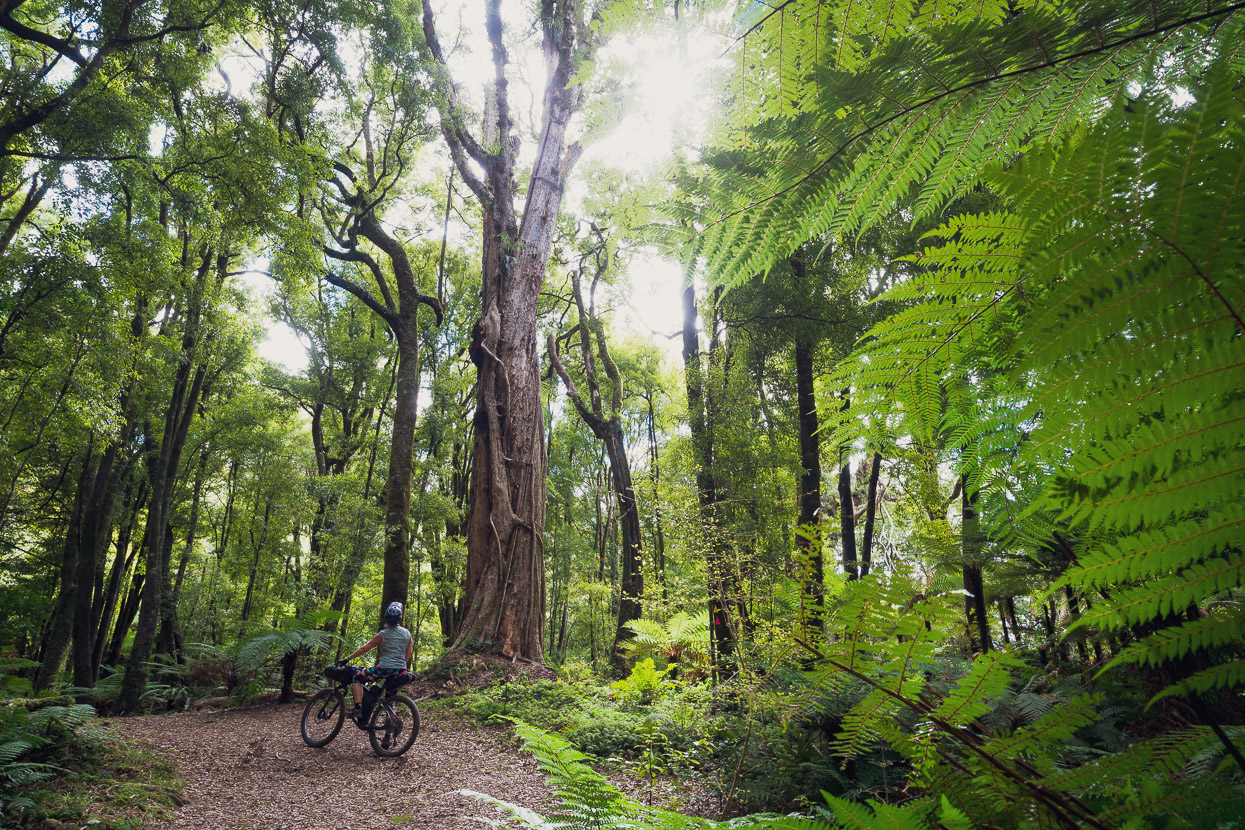
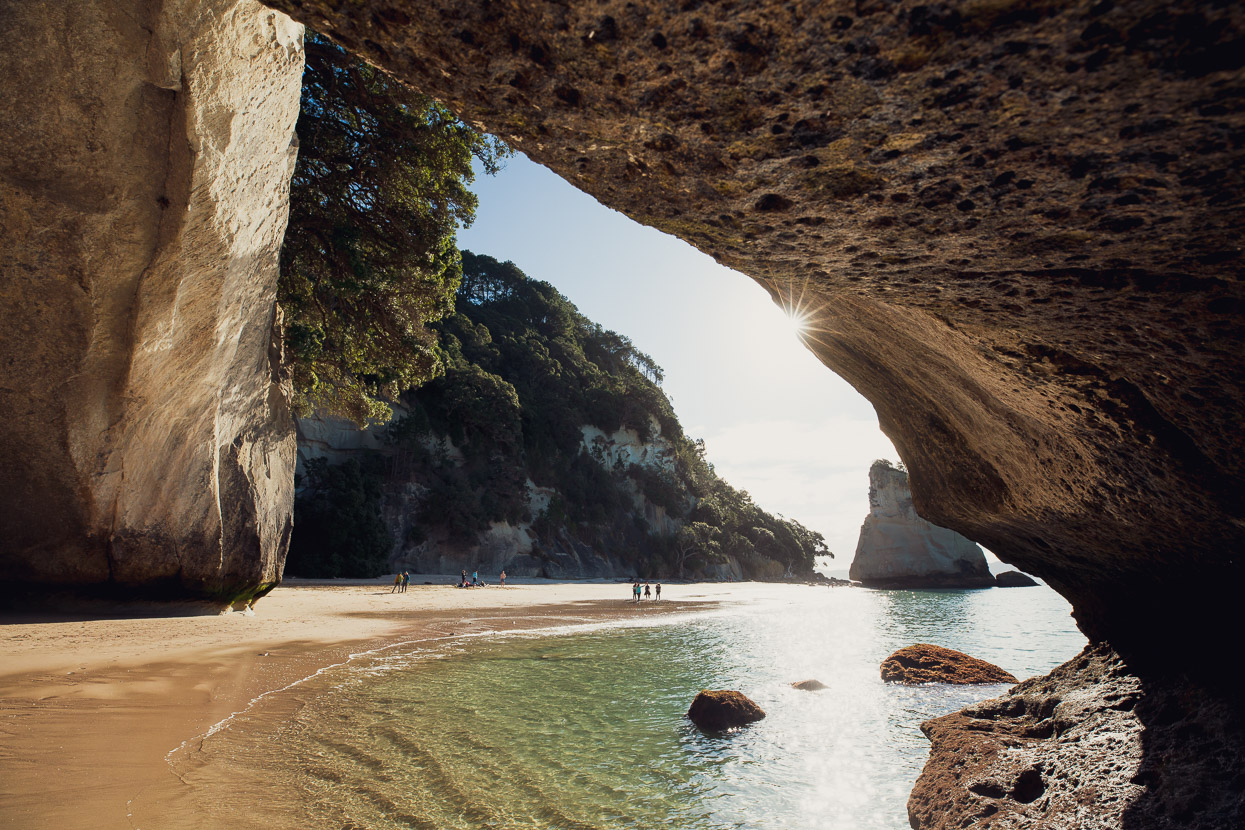
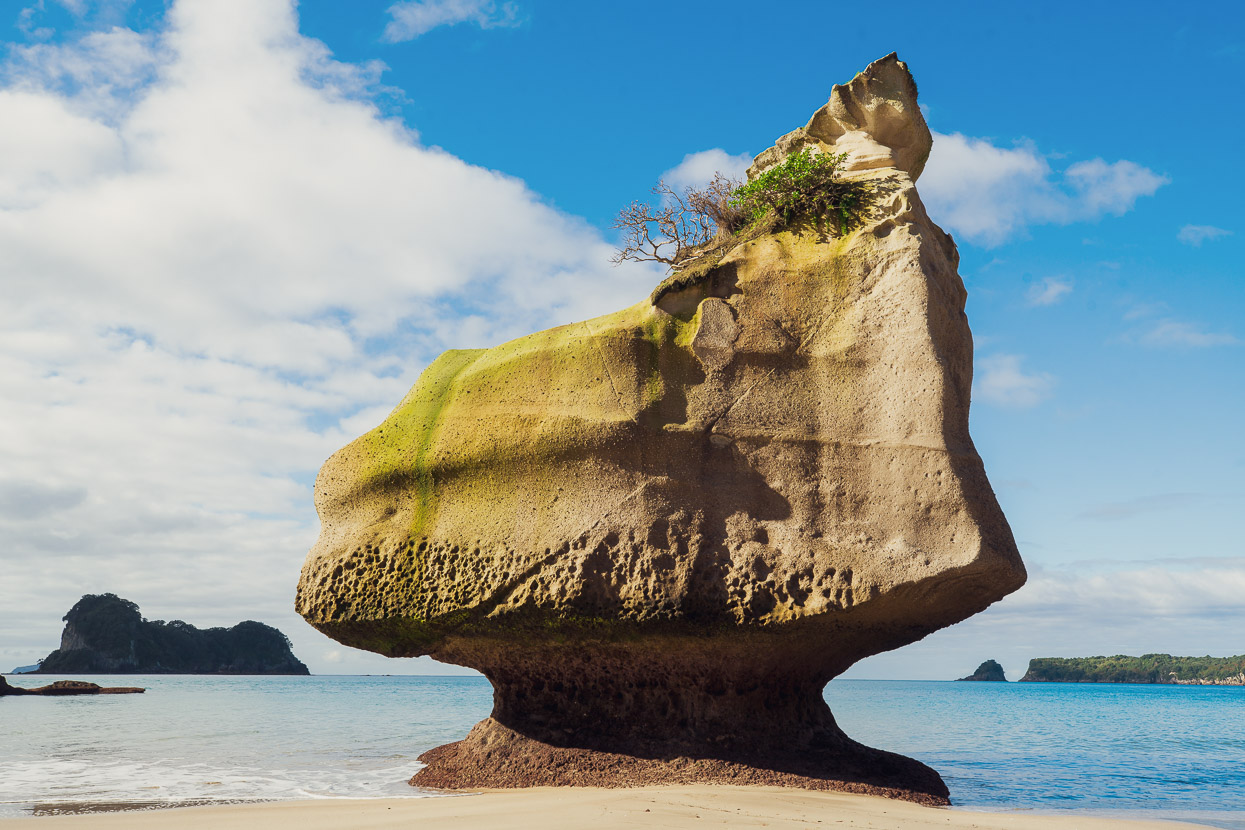
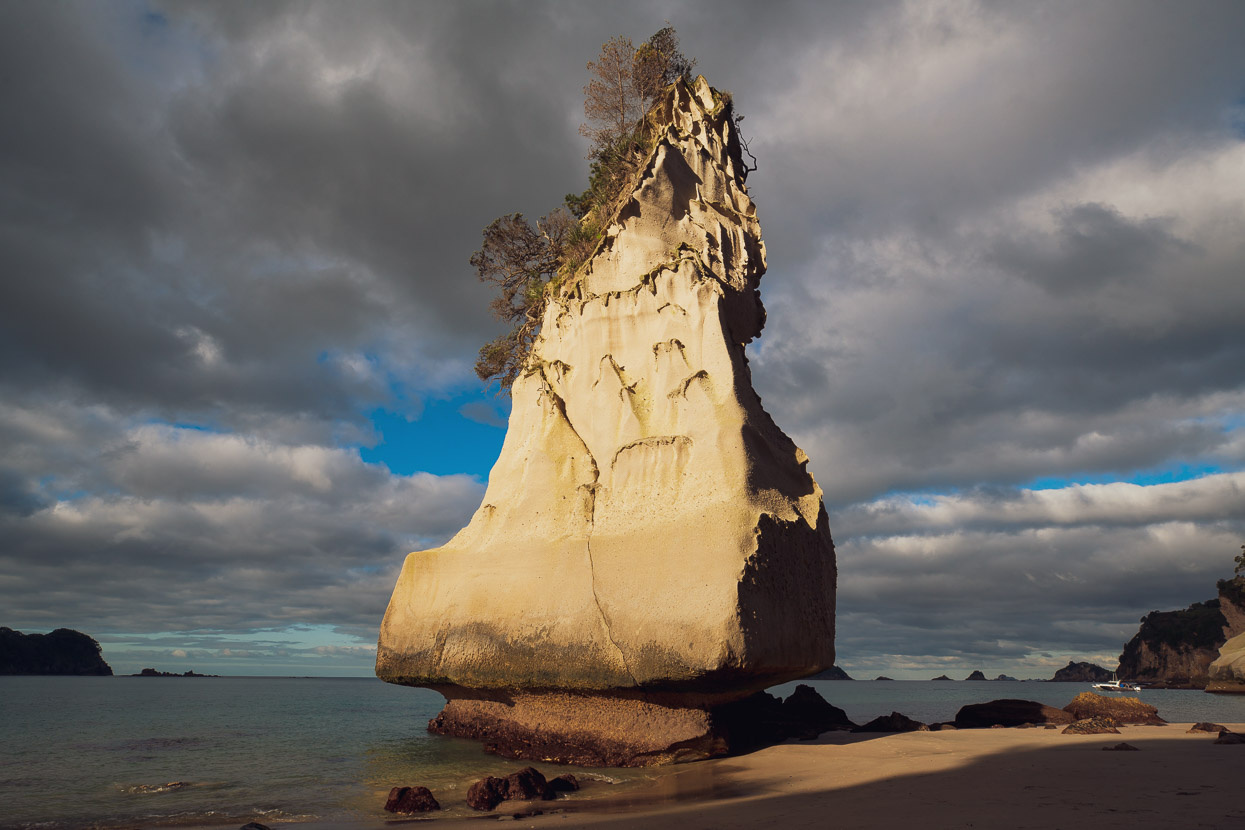
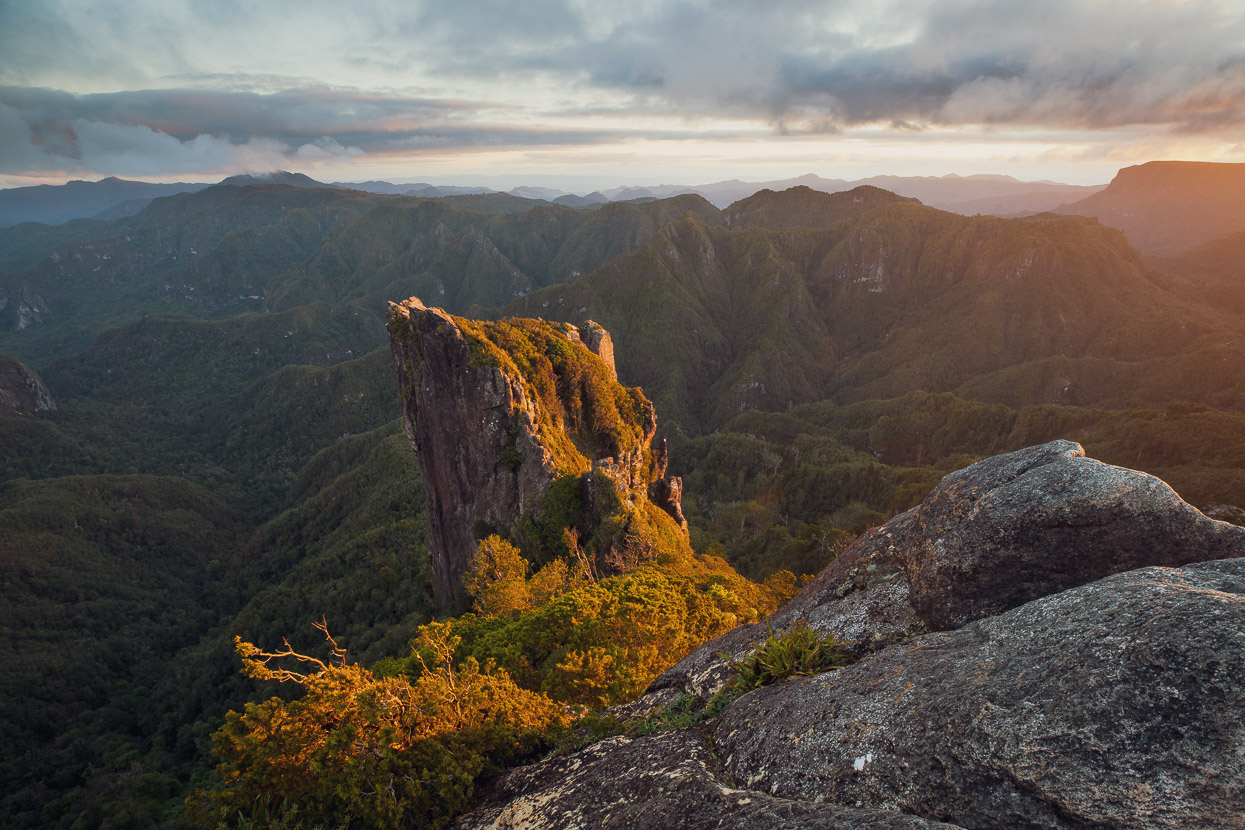
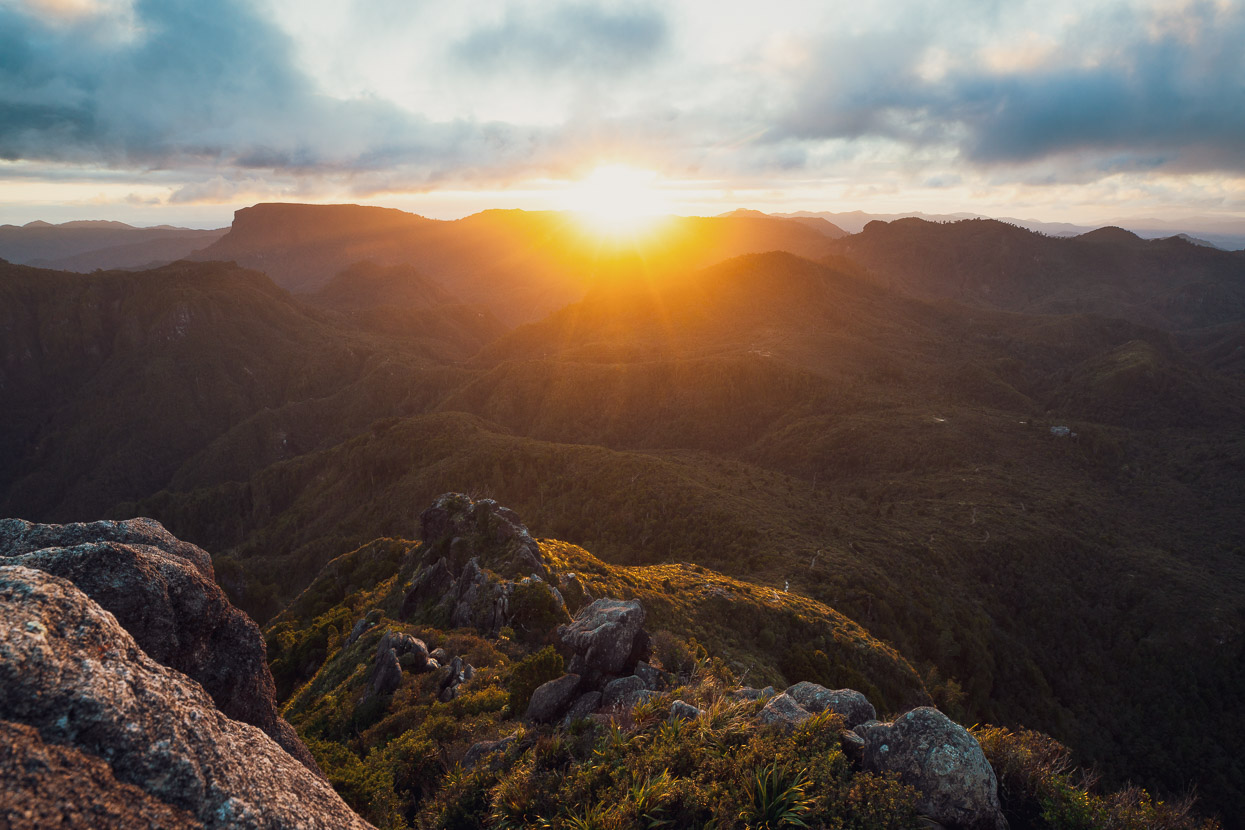
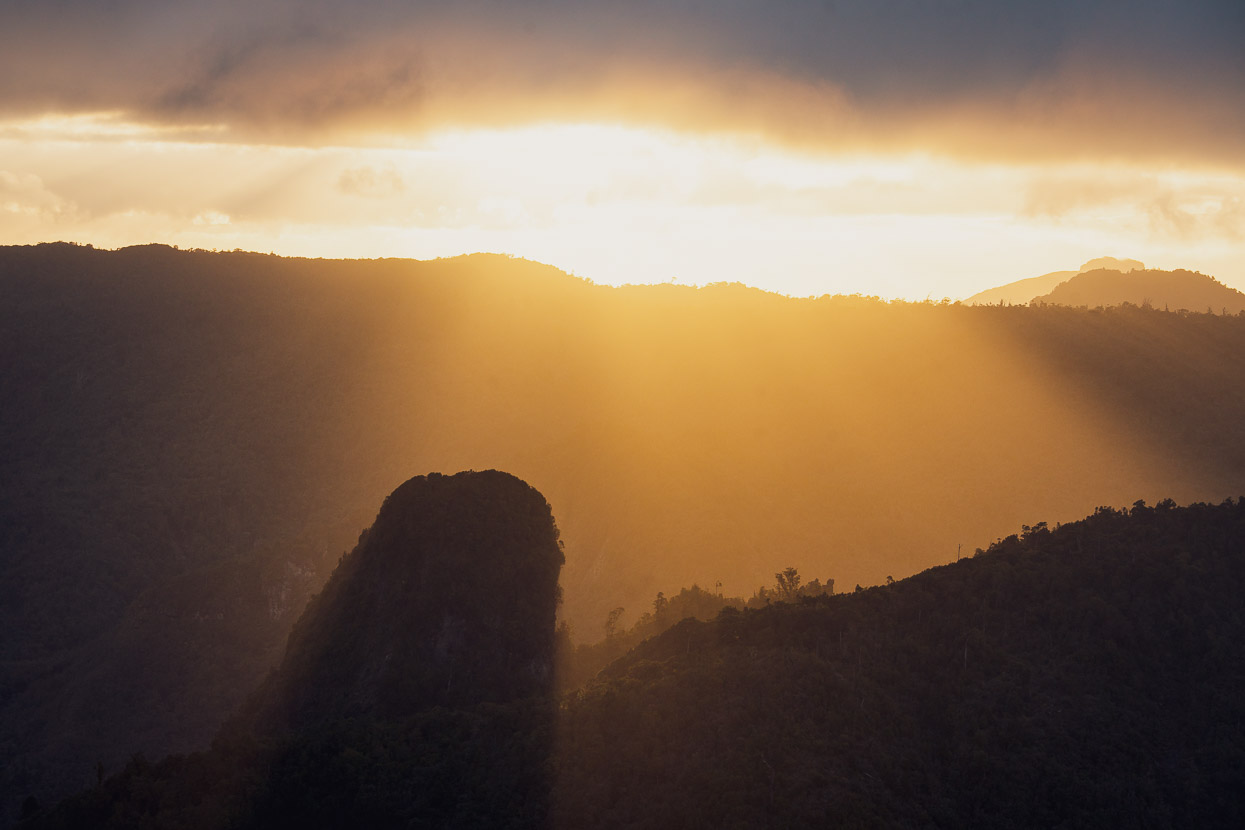
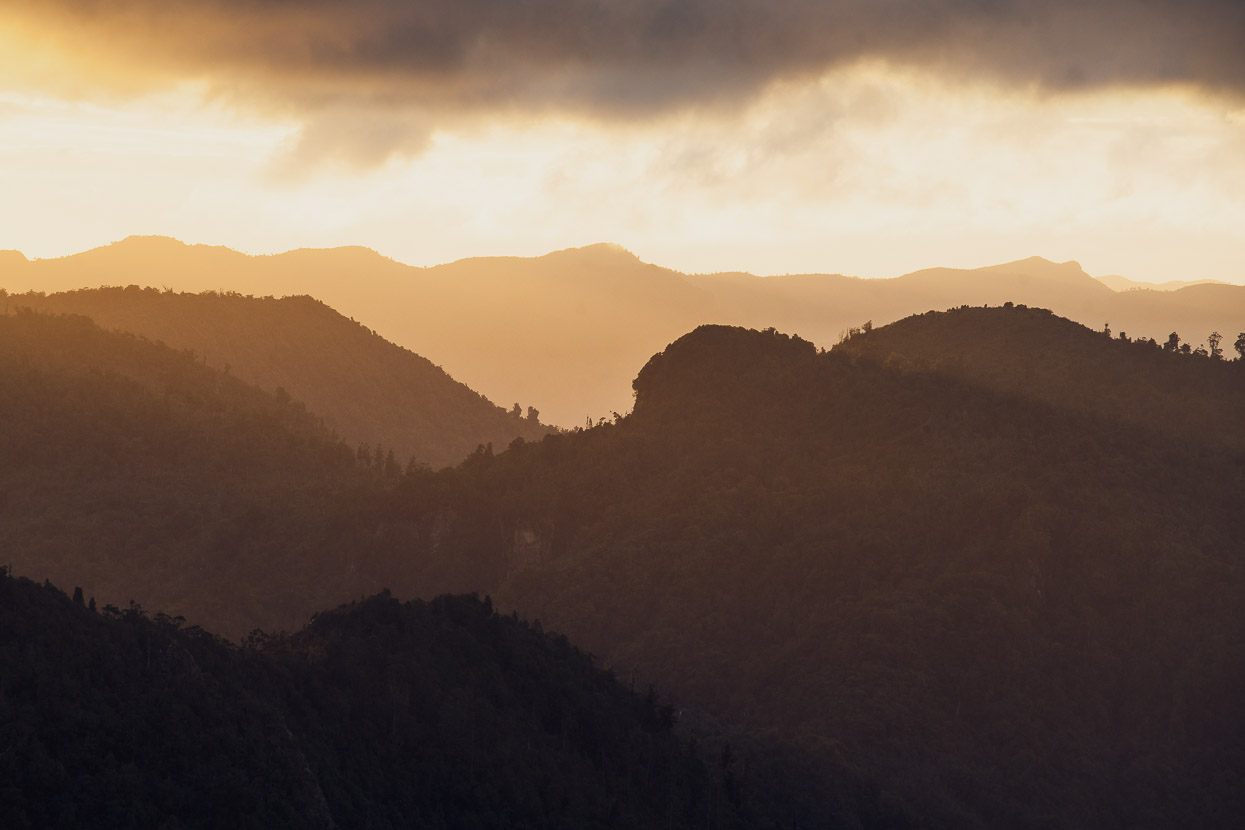
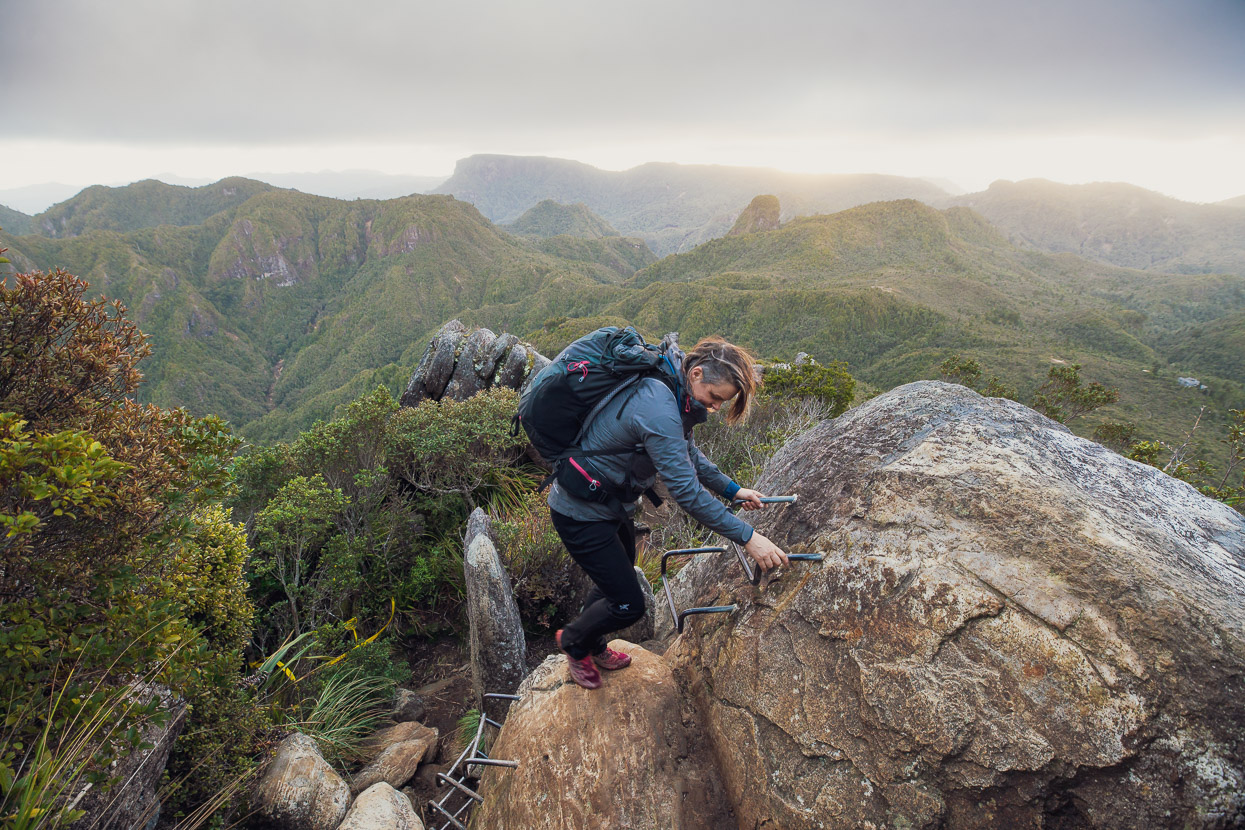










Fantastic pictures, as always! It looks like truly gorgeous cycling – and am so jealous being stuck inside in the middle of a cold European winter.